Modern Architecture: Exam 3
1/39
Earn XP
Description and Tags
Secession and De Stijl, Futurism and Constructivism, Deutscher Werkbund an Bauhaus, L'Esprit Nouveau, Giuseppe Terragni, and Mies van de Rohe
Name | Mastery | Learn | Test | Matching | Spaced |
|---|
No study sessions yet.
40 Terms
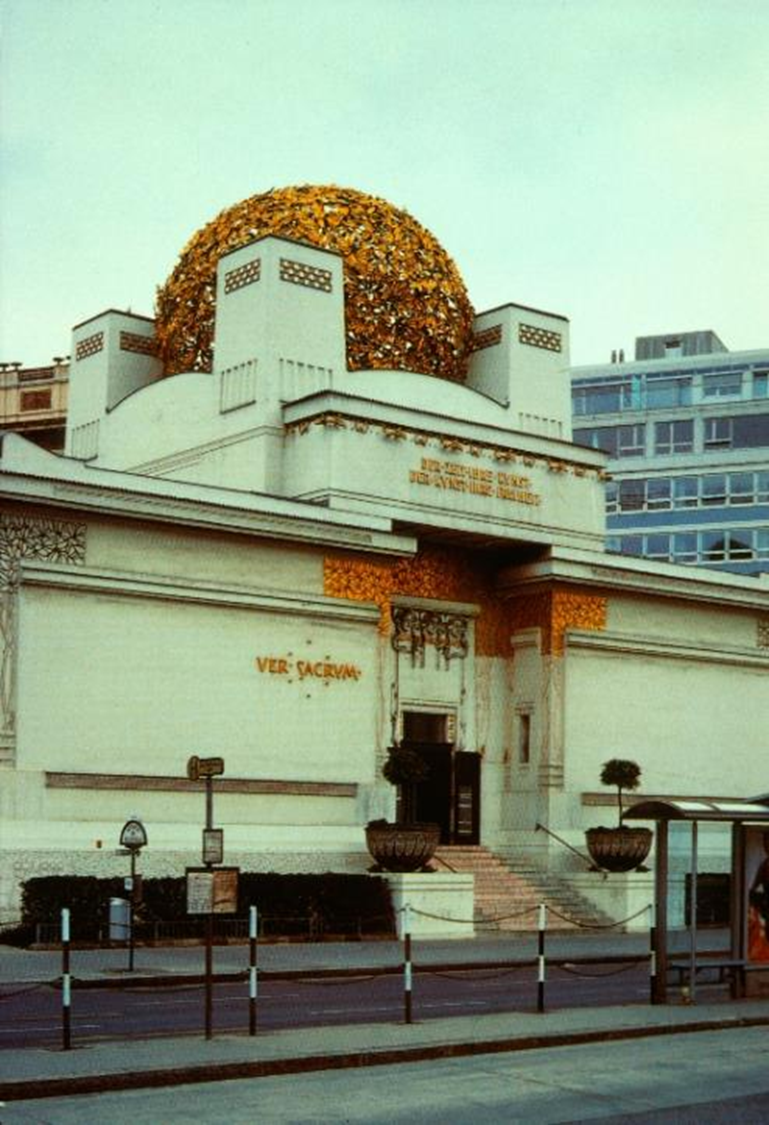
Secession Building
Vienna, 1897
by Joseph Maria Olbrich
he founded the first architecture labor union
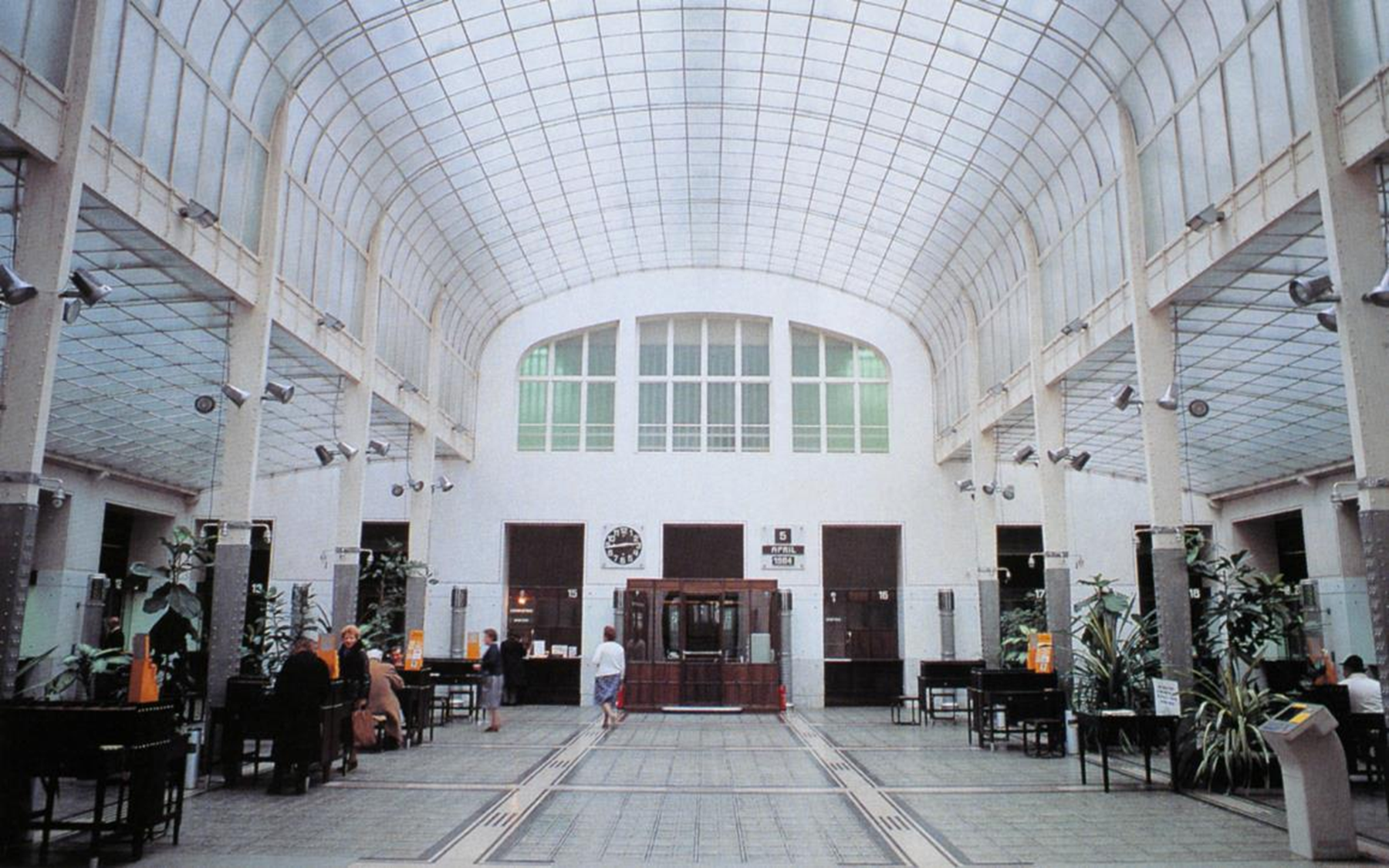
Post Office Savings Bank
Vienna, 1904
by Otto Wagner
the main room has modern industrial forms

Loos Haus
Vienna, 1910
by Adolf Loos
he hated people with tattoos—he thought they were muderers
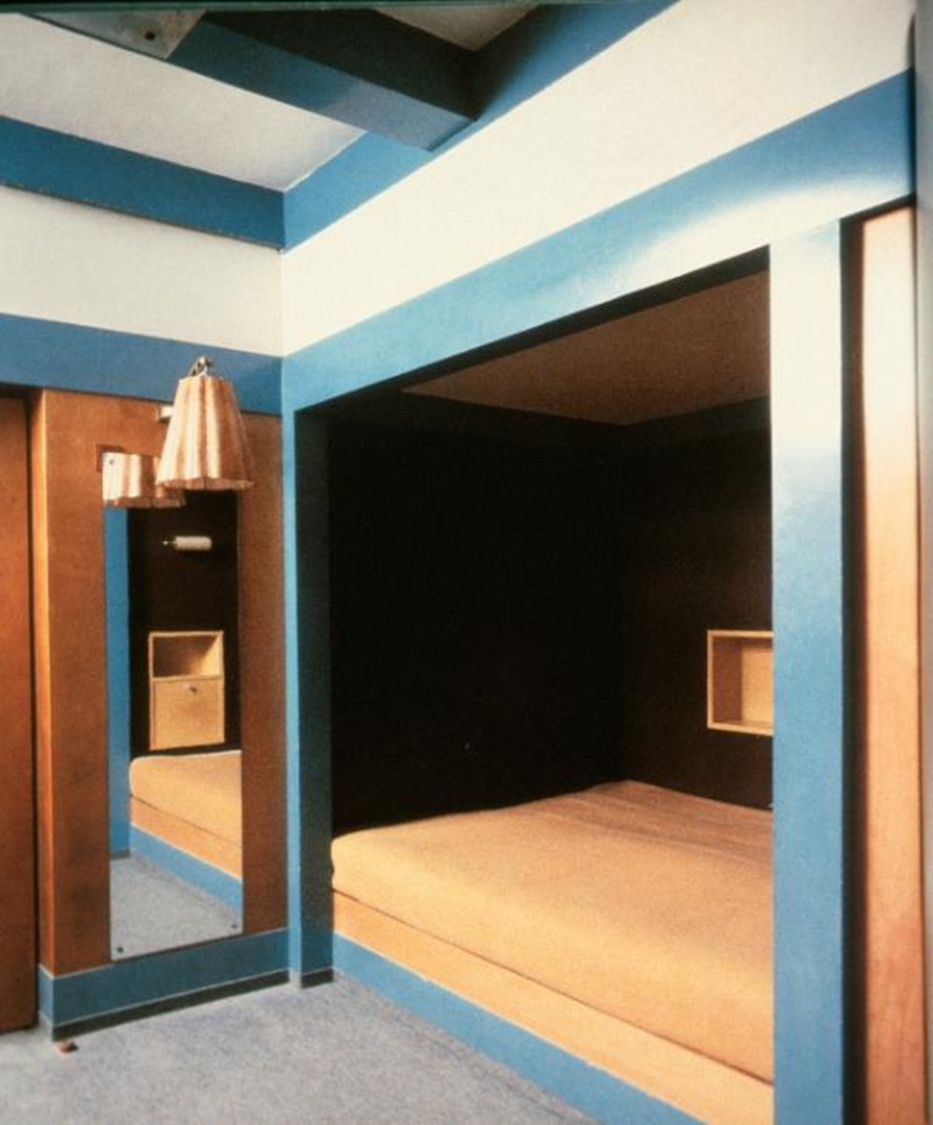
Moller House
Vienna, 1928
by Adolf Loos
the design focuses on the 4th dimension: time

Spatial Diagram
1924
by Theo van Doesburg
he didn’t design much other than diagrams
if you eliminate style, you end war and create a utopia
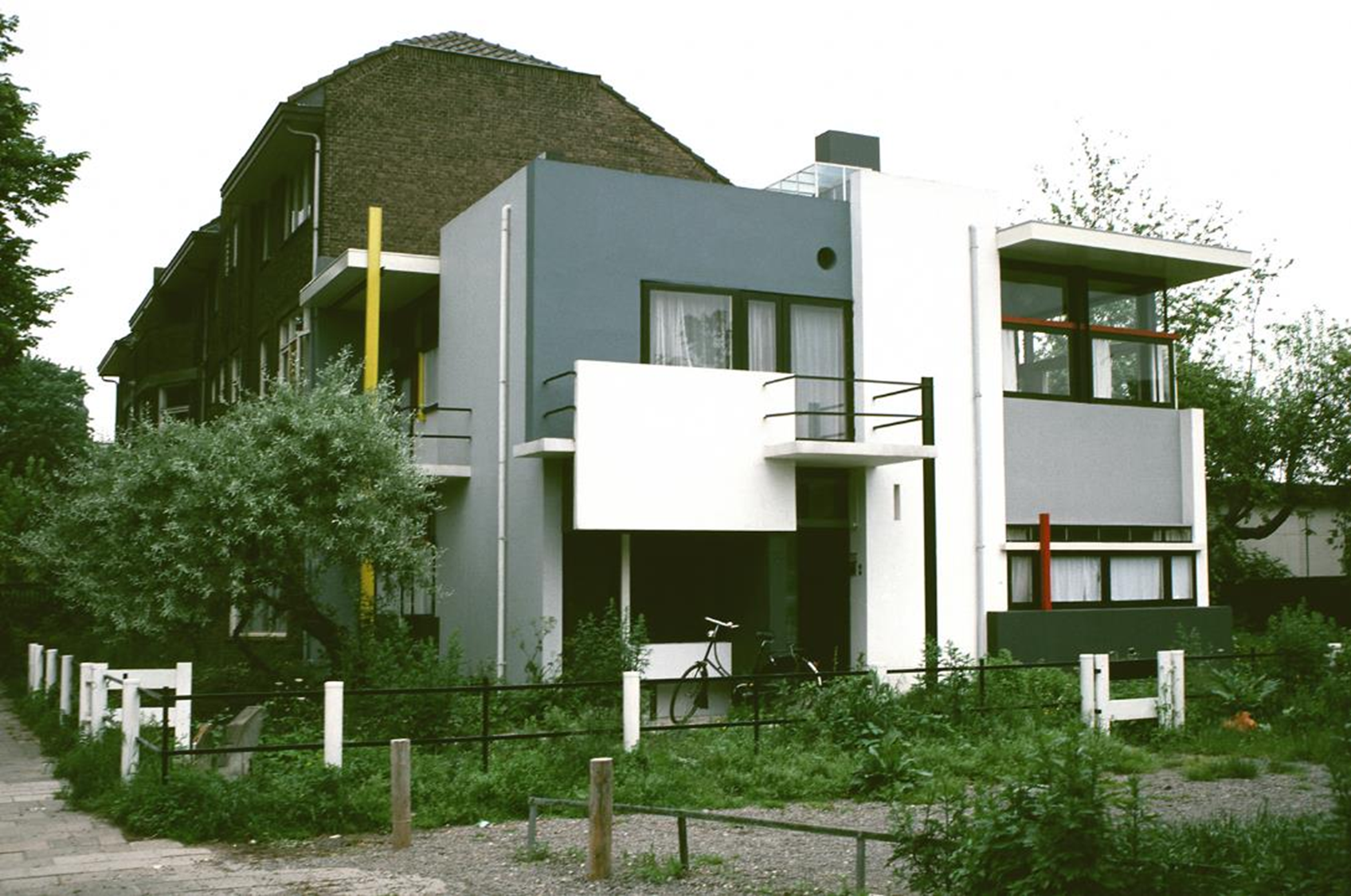
Schroder House
Utrecht, 1923
by Gerrit Rietveld
made of printed plywood to look machined
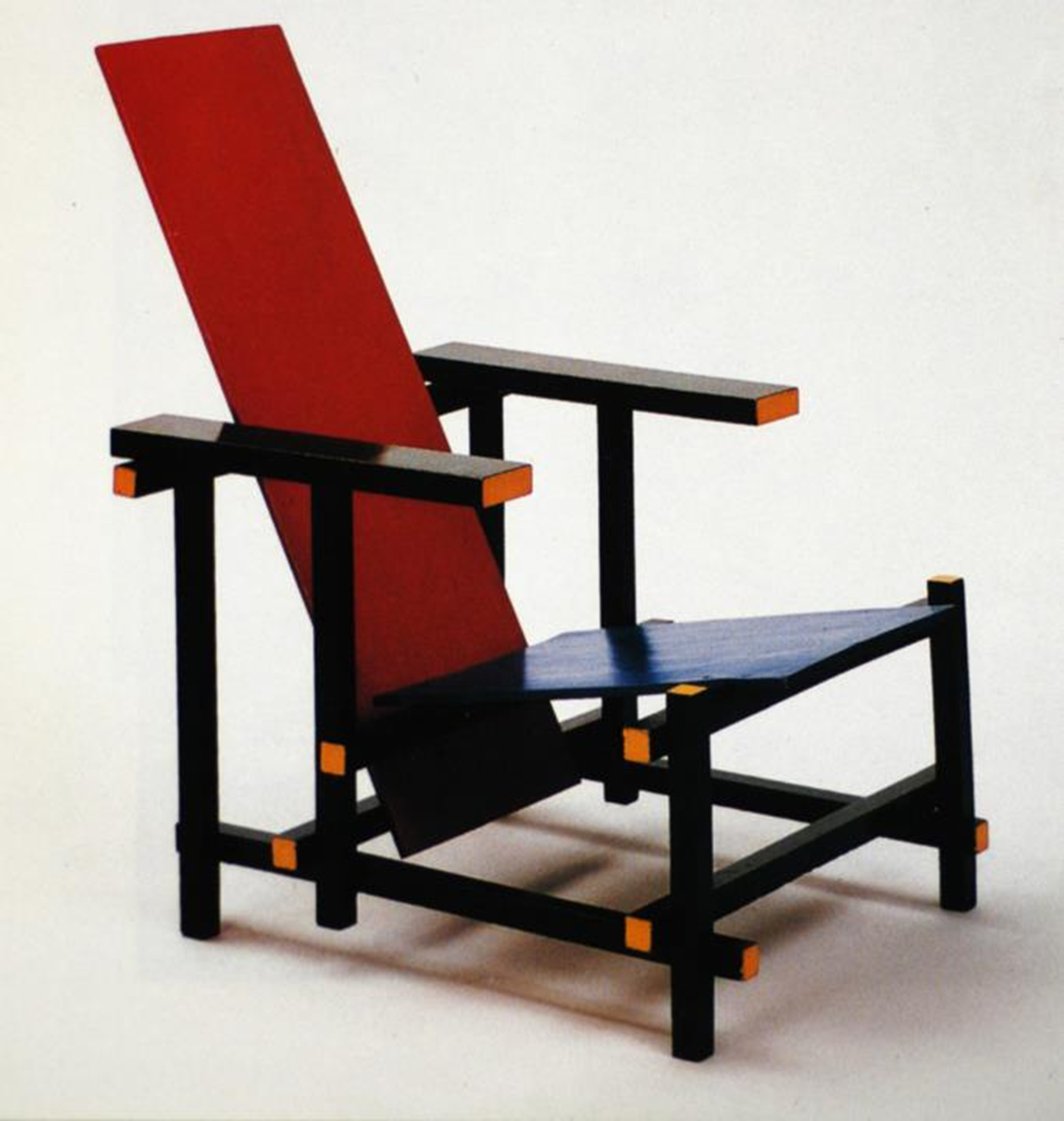
Red Blue Chair
Utrecht, 1917
by Gerrit Rietveld
made for the Schroder House
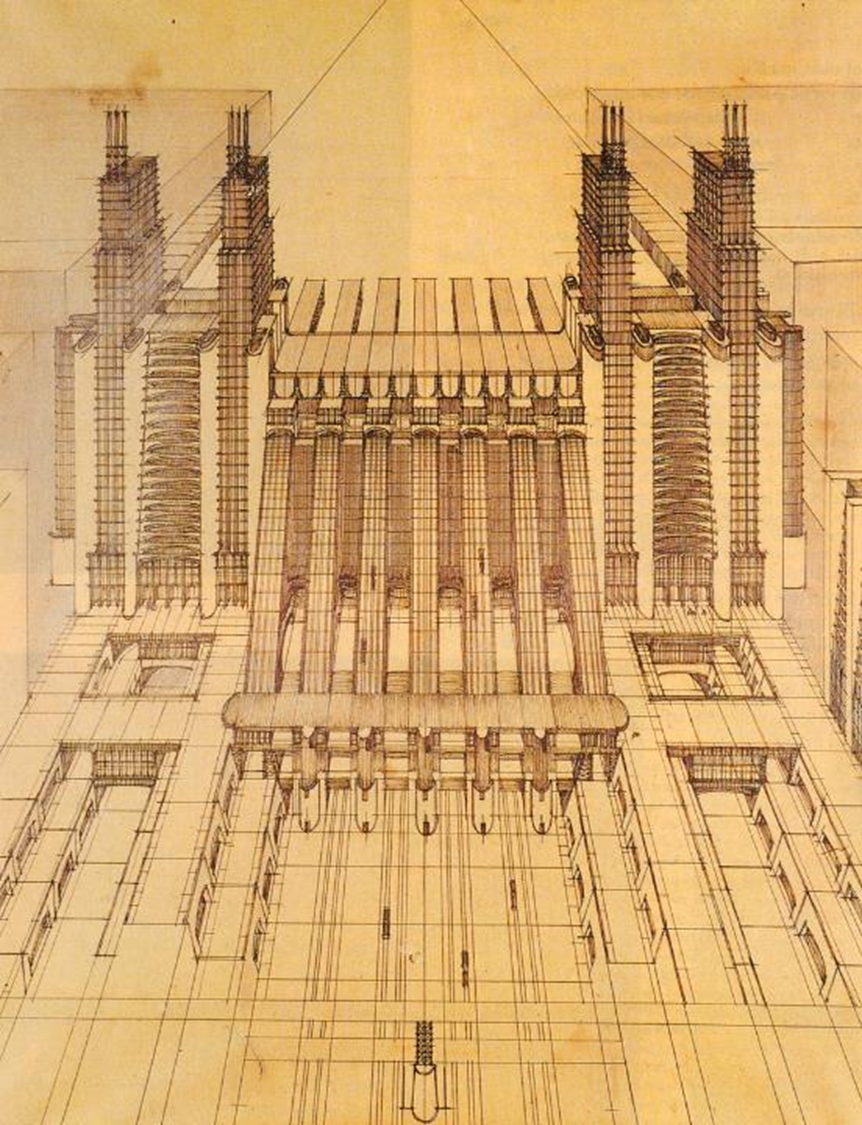
La Citta Nuova
1913
by Antonio Sant ’Elia
in Italy he’s the father of modern architecture
designed to evoke ancient monumentality
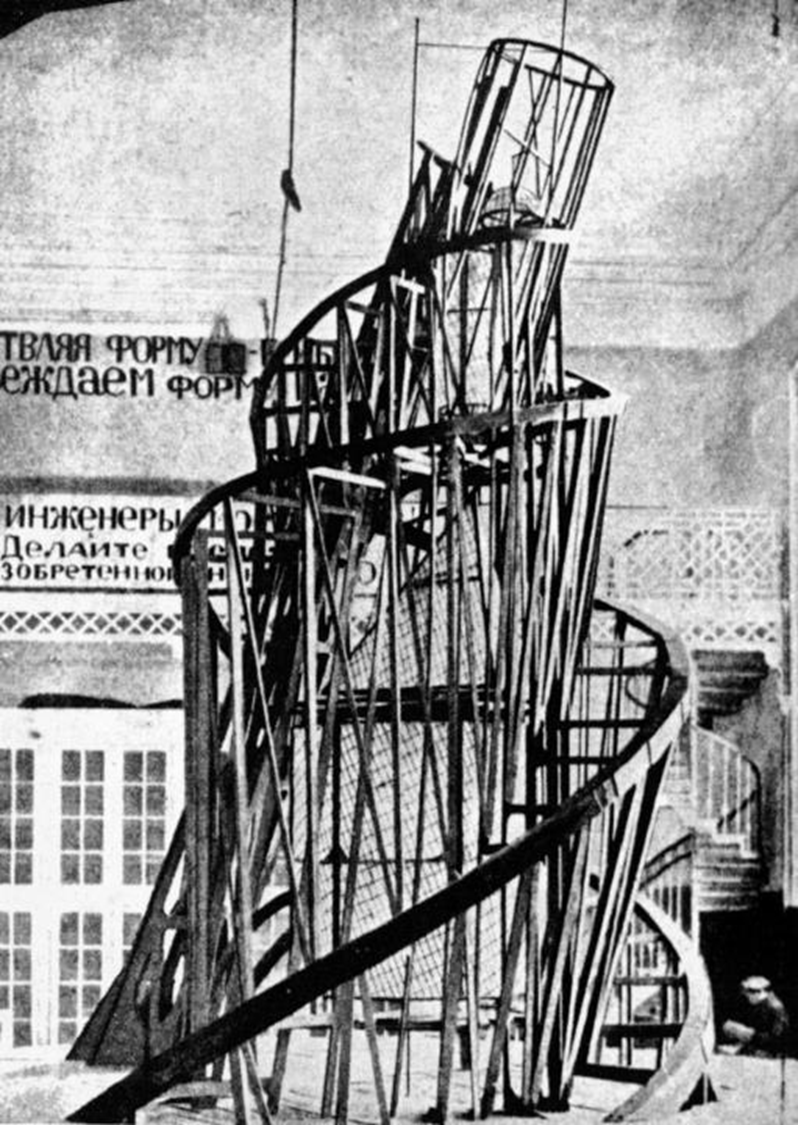
Monument to the Third International
1919
by Vladimir Tatlin
he was the leader of the Russian constructivists
was supposed to be an office building for communist party but it was never built
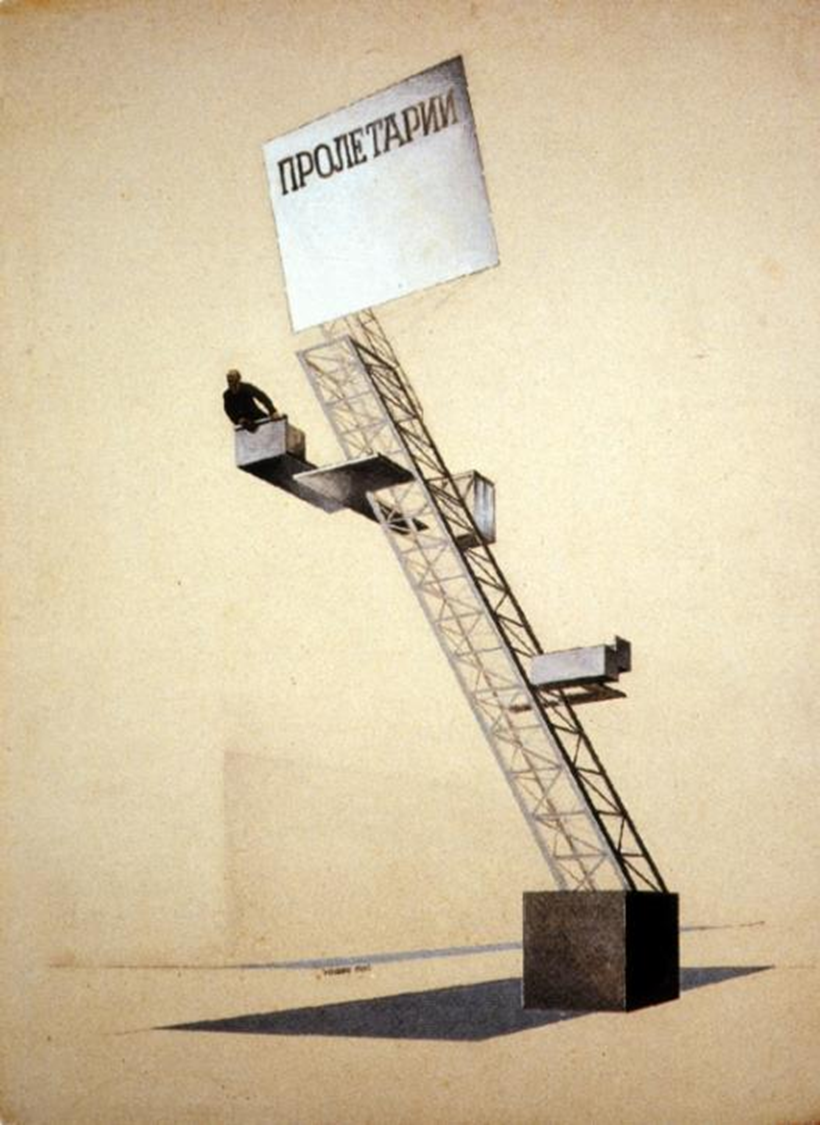
Proun
1921
by El Lissitzky
he was a member of the constructivist group
combines architecture, sculpture, graphics, and mixed media
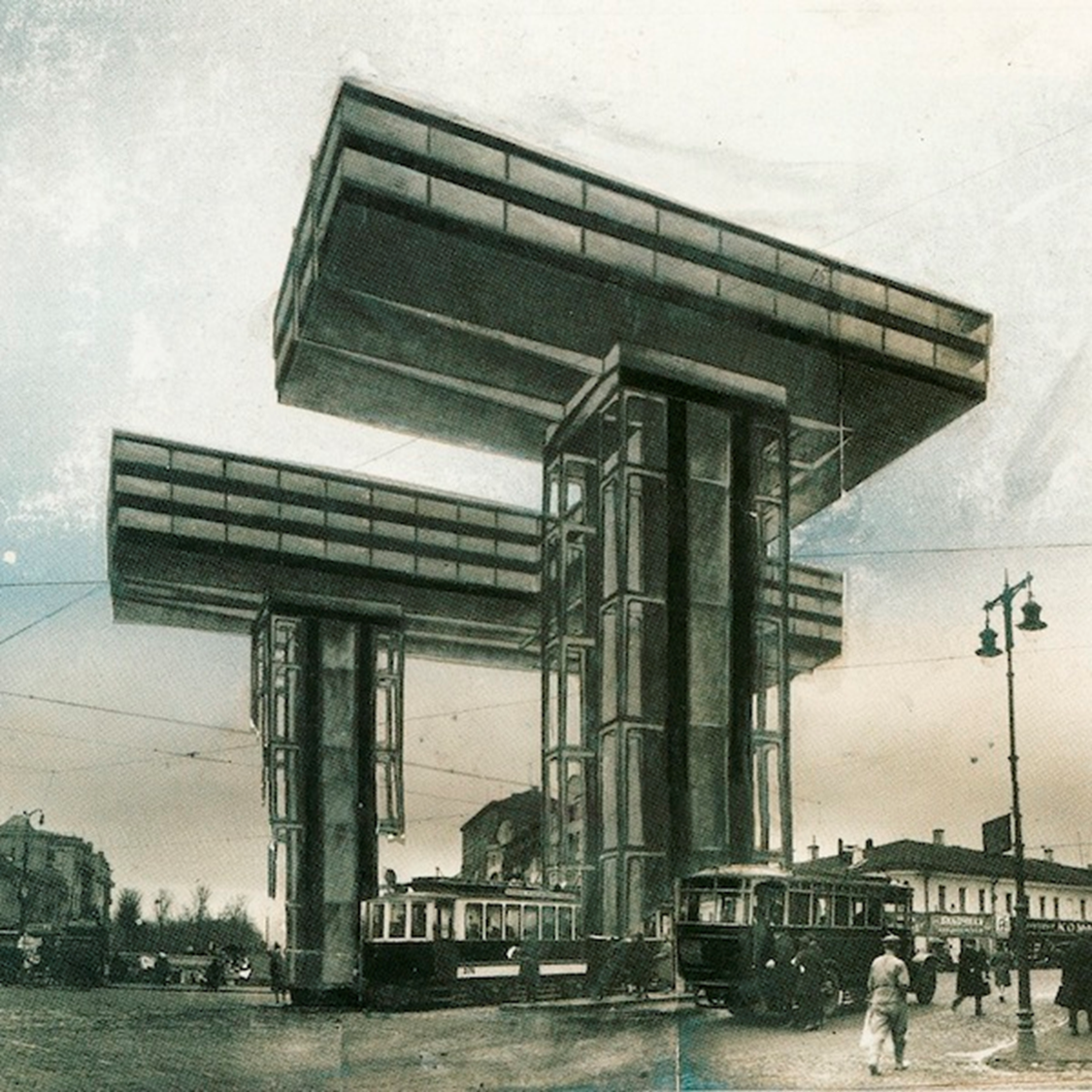
Cloud Hanger Project
1925
by El Lissitzky
proposal for a utopian building
everything in the ground in communal
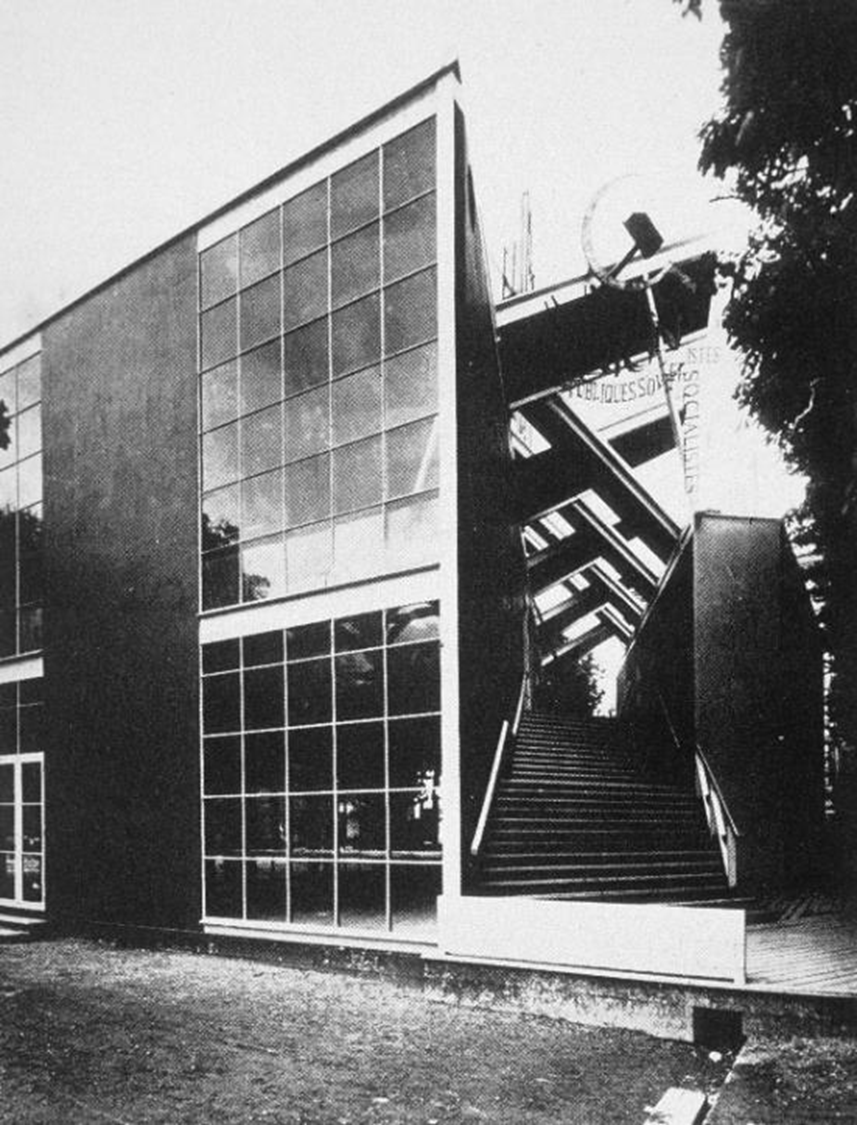
USSR Pavilion
Paris, 1925
by Konstantin Melnikov
diagonal is used as an agitprop
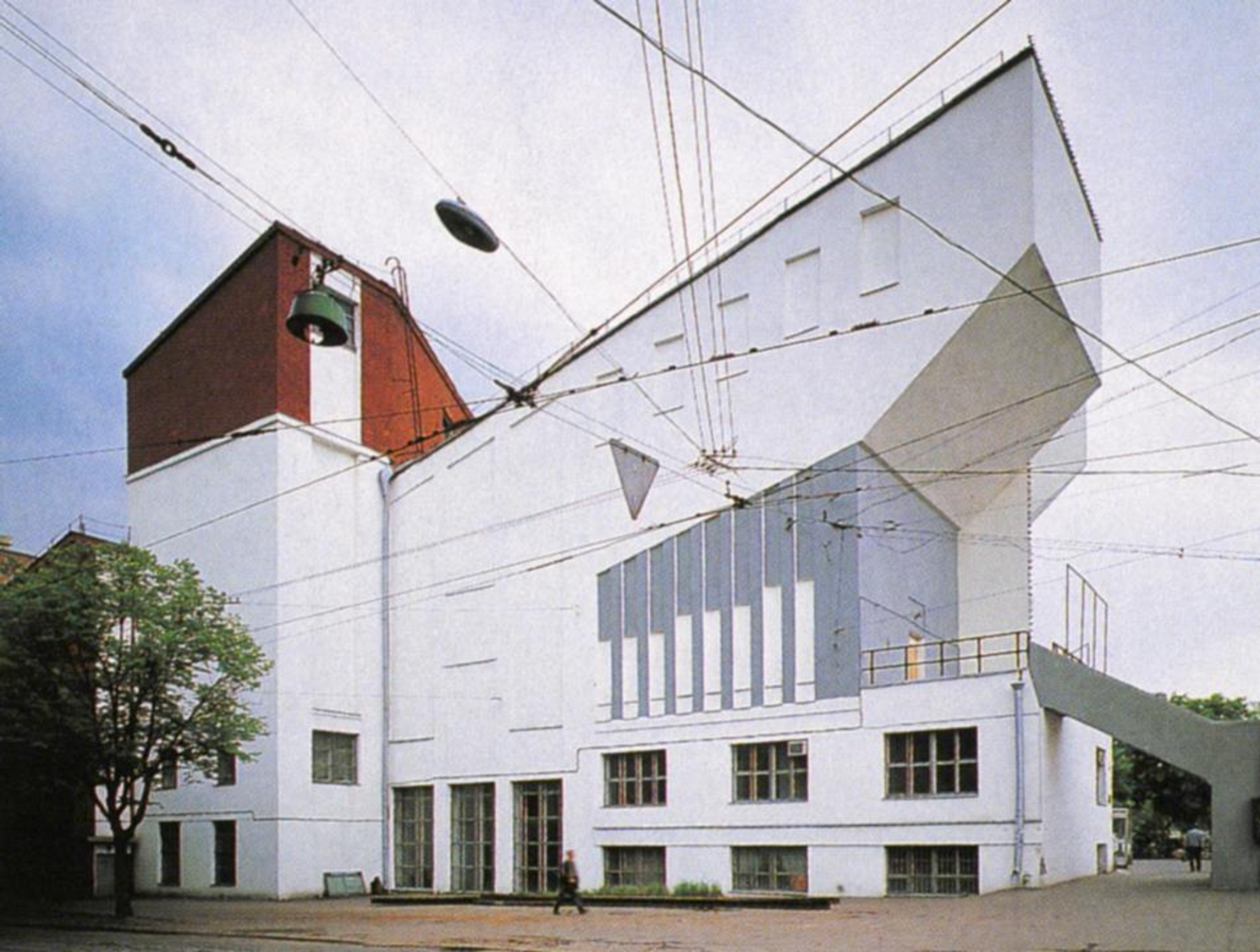
Rusakov Worker’s Club
Moscow, 1925
by Konstantin Melnikov
red for communism
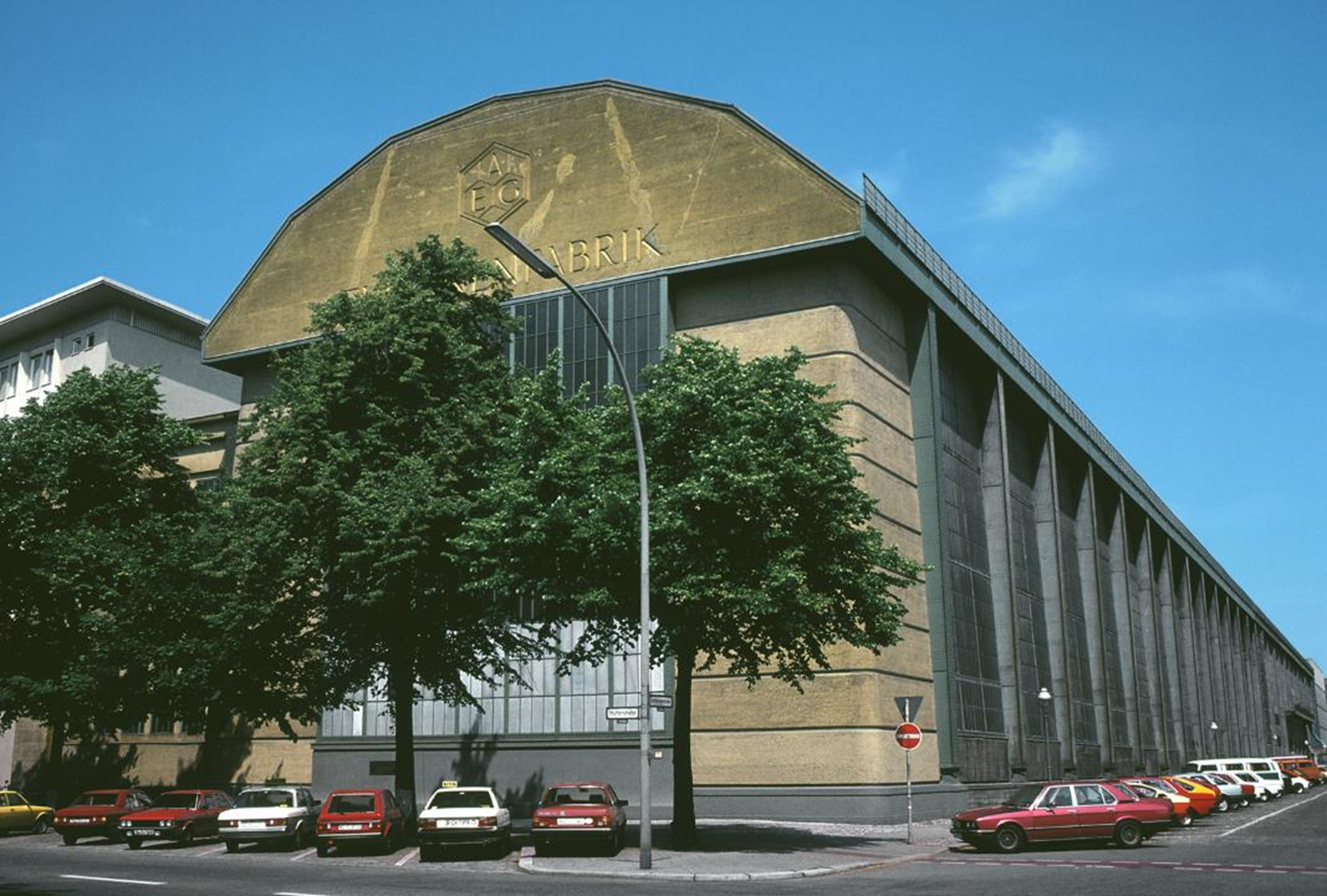
AEG Turbine Factory
Berlin, 1908
by Peter Behrens
combines the ancient with the modern—masonry with steel and glass
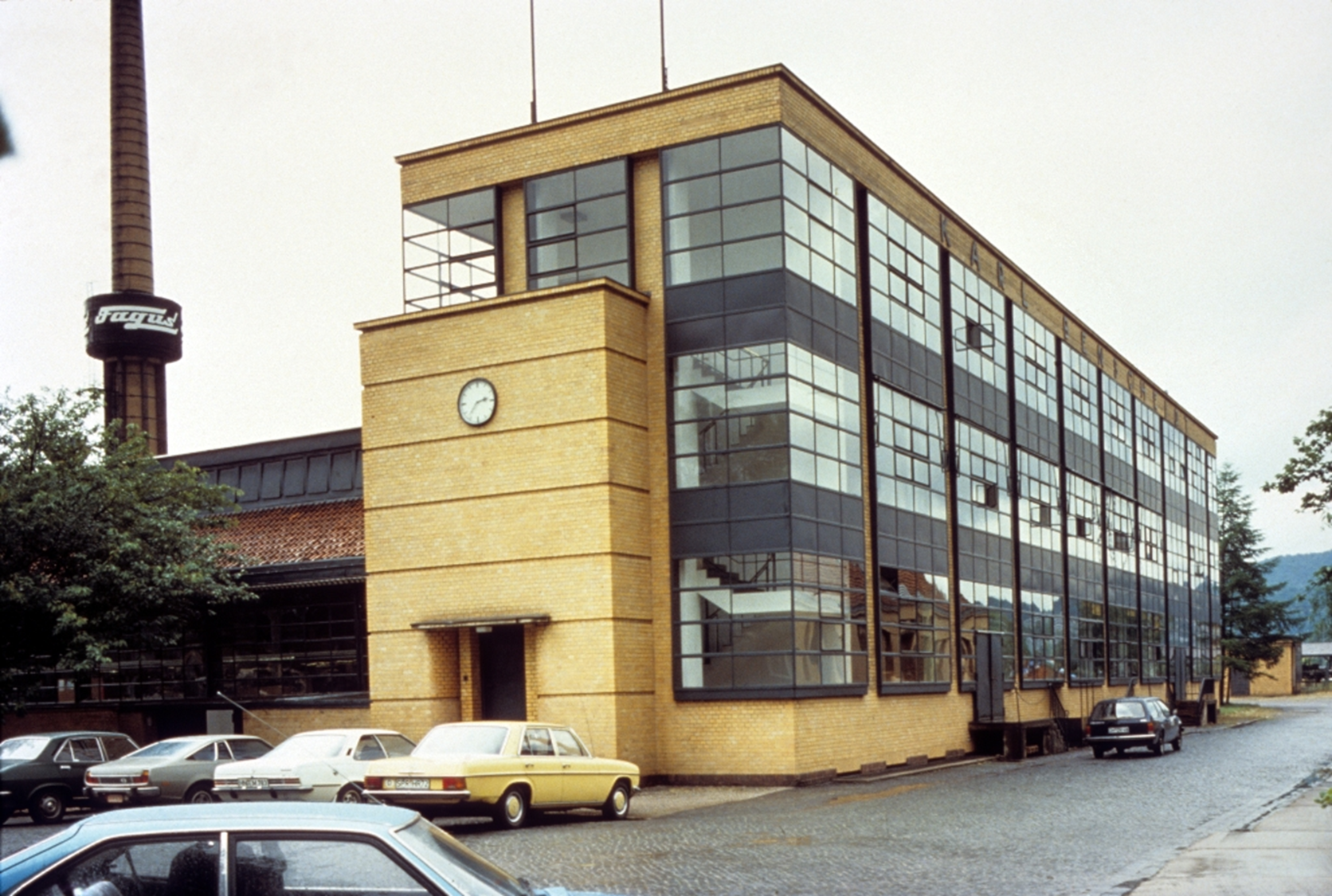
Fagus Factory
Berlin, 1911
by Walter Gropius and Adolf Meyer
curtain wall maximizes work
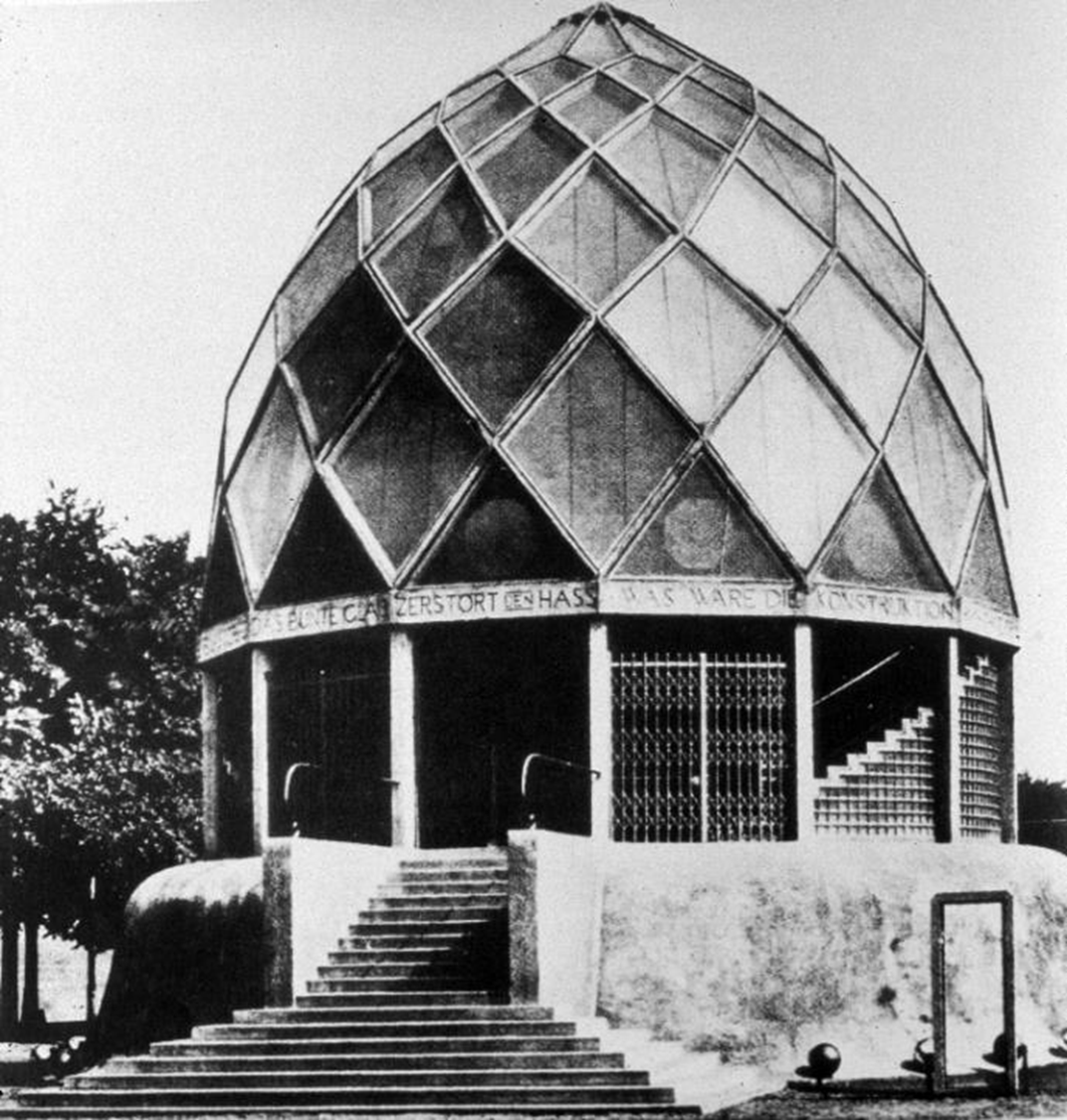
Glass Pavilion
Cologne, 1914
by Bruno Taut
commissioned by a glass company
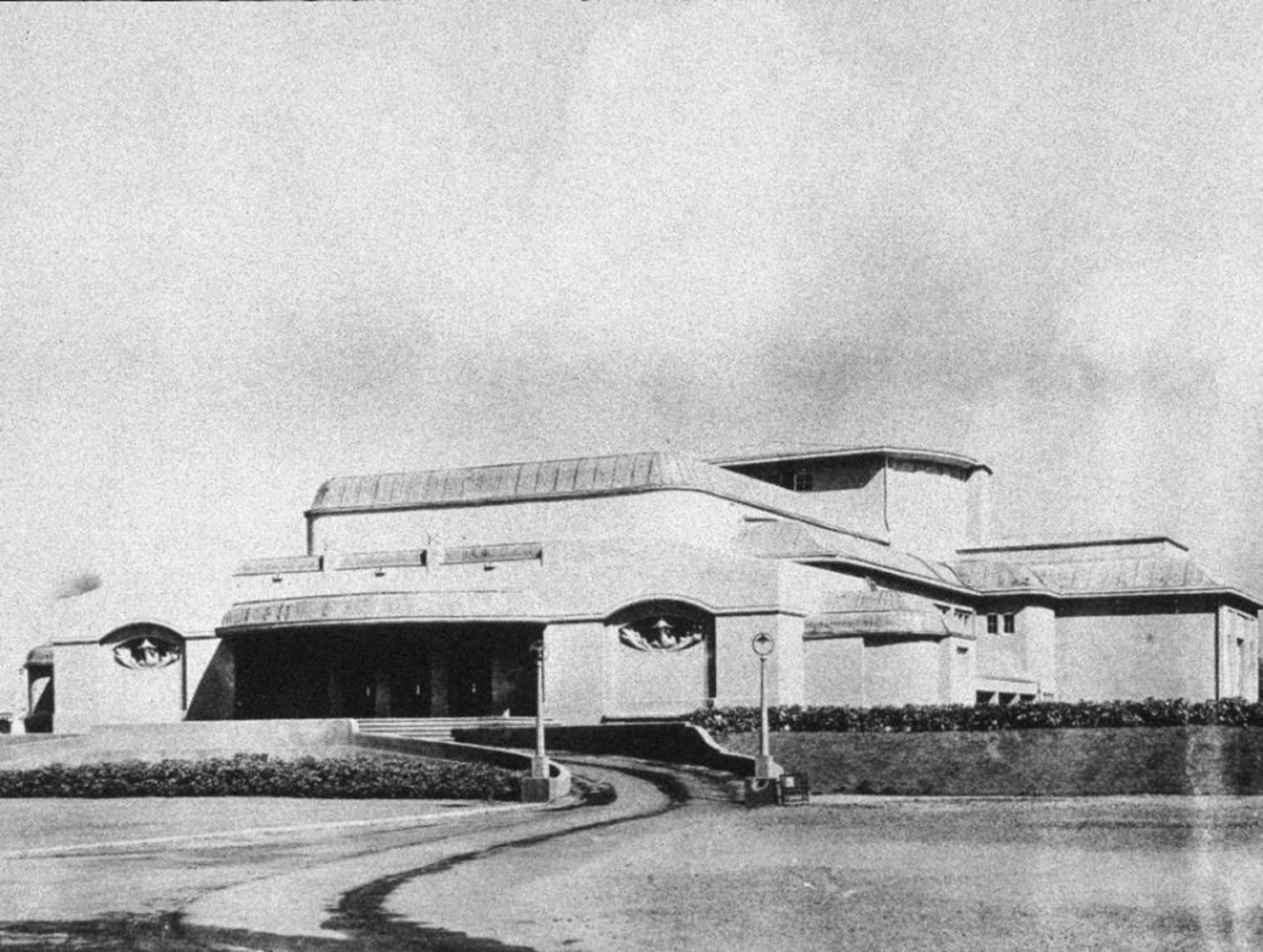
Werkbund Exhibition Tower
Cologne, 1914
by Henry van de Velde
one of the few that still liked ornament
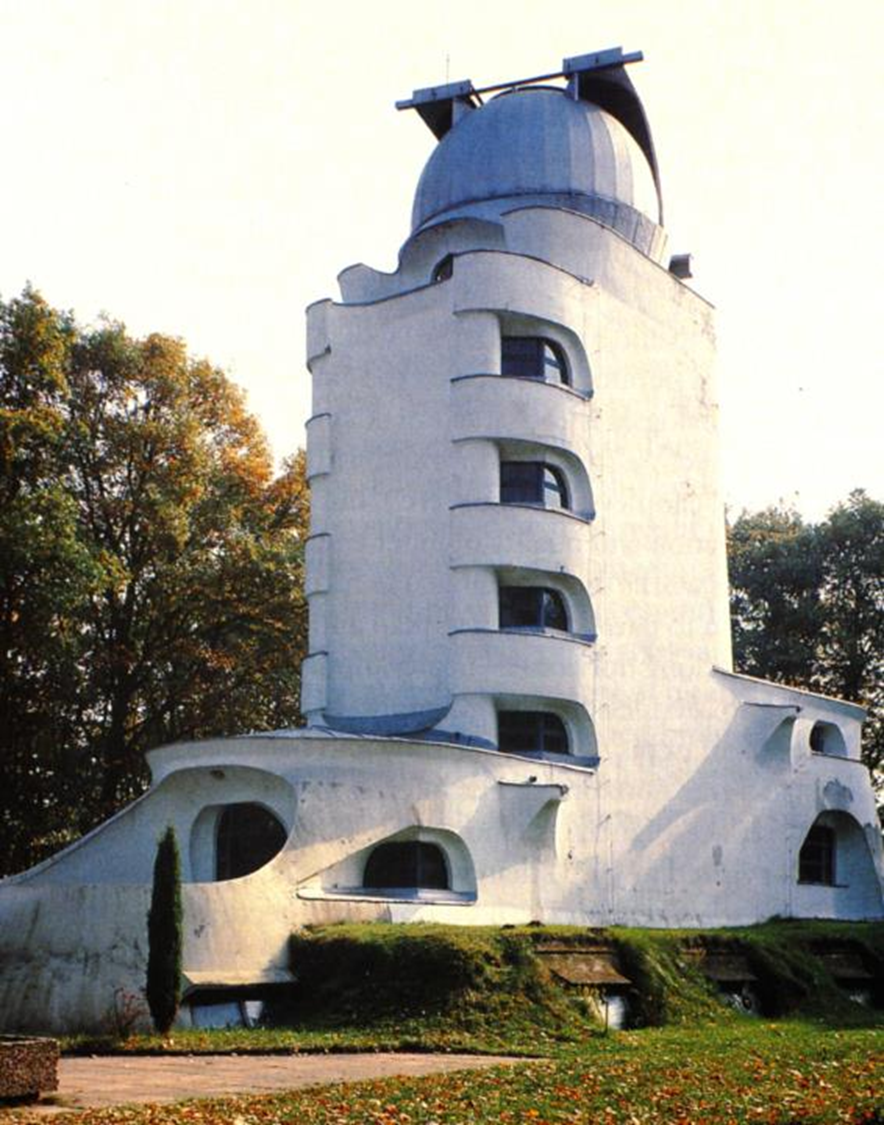
Einstein Tower
Potsdam, 197
by Erich Mendelsohn
designed to perform experiments based on hypothesizes of Einstein
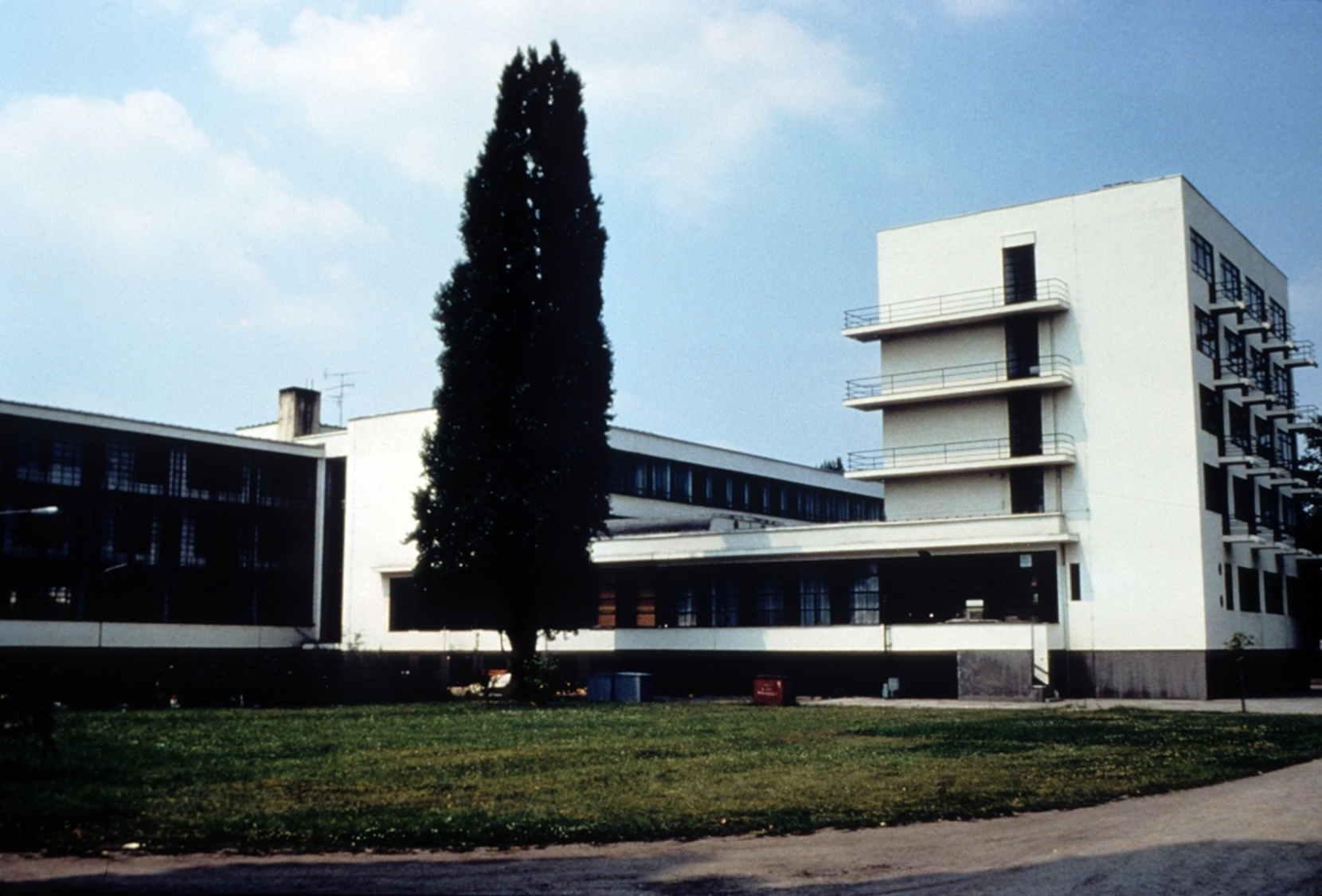
Bauhaus Building
Weimar, 1926
by Walter Gropius
pinwheel building—inspired by Frank Lloyd Wright

Wassily Chair
1926
by Marcel Breuer
he was 23 when he designed it
Hendrix thinks its extremely uncomfortable
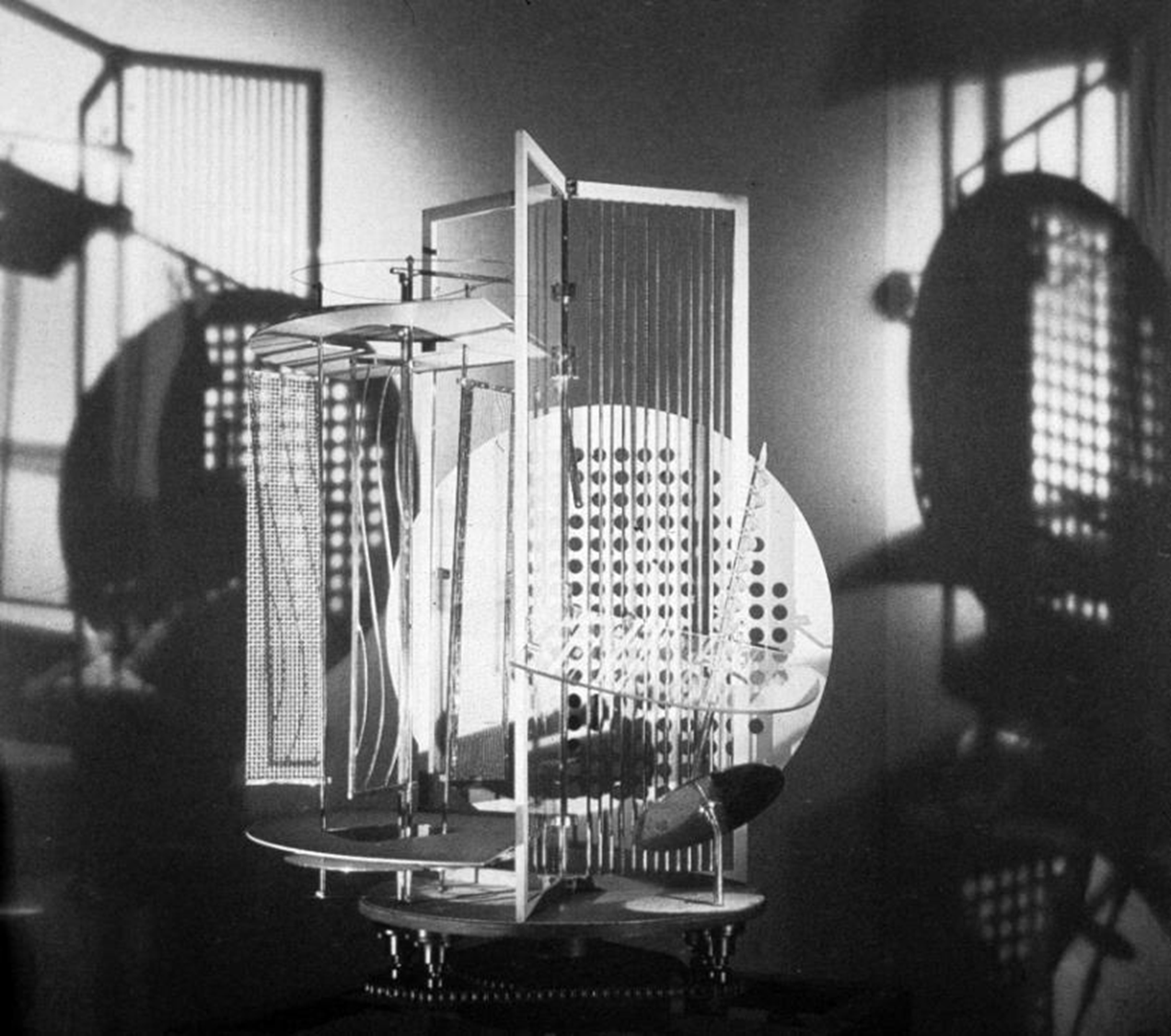
Light Space Modulator
1923
by Lazlo Moholy-Nagy
he was a Hungarian industrial designer
best known for his kinetic sculptures

Weissenhofsiedlung
Stuttgart, 1927
organized by Mies van der Rohe
experimental housing project
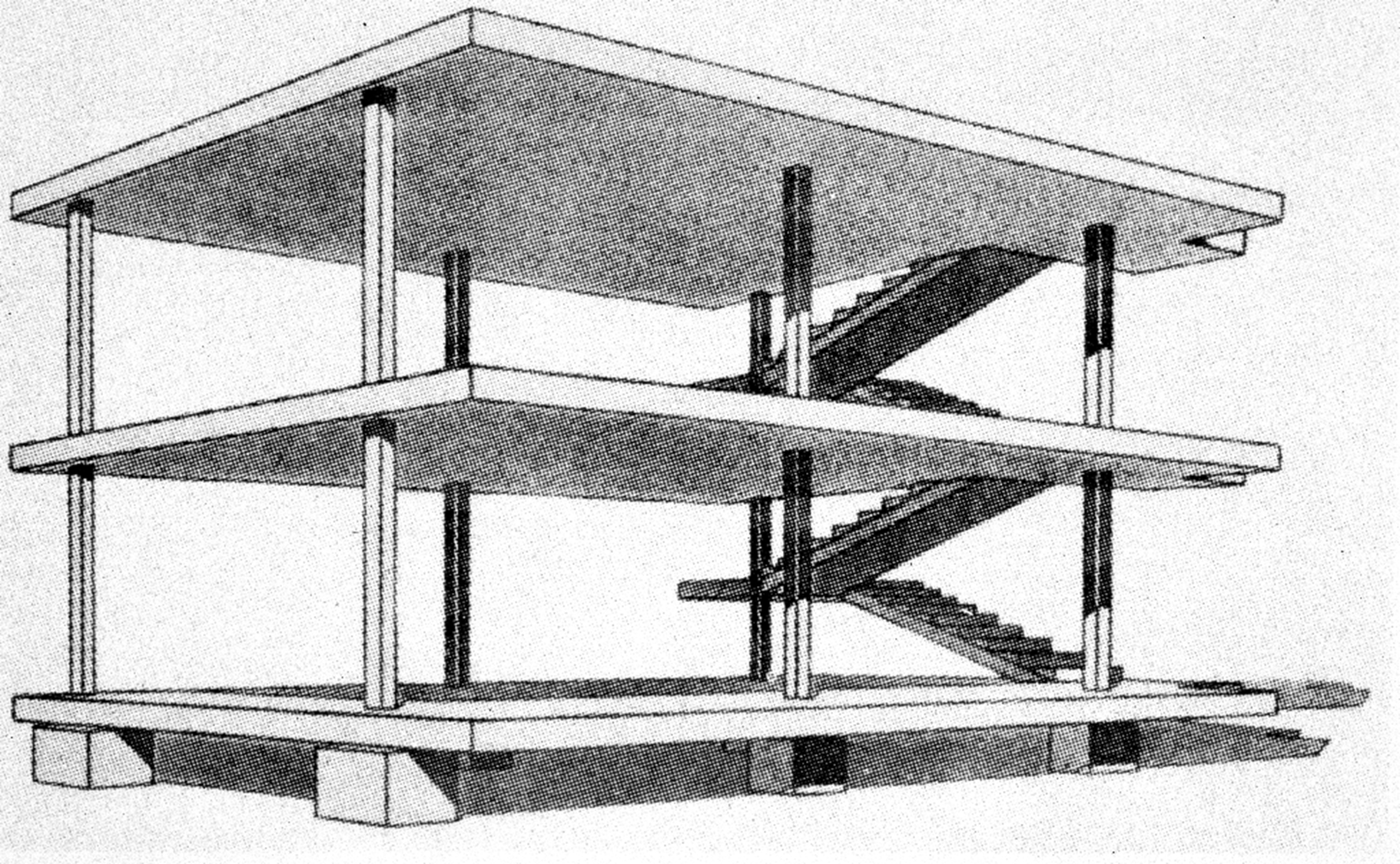
Maison Domino
1917
by Le Corbusier
designed for an affordable housing competition
entire cities were built on this idea
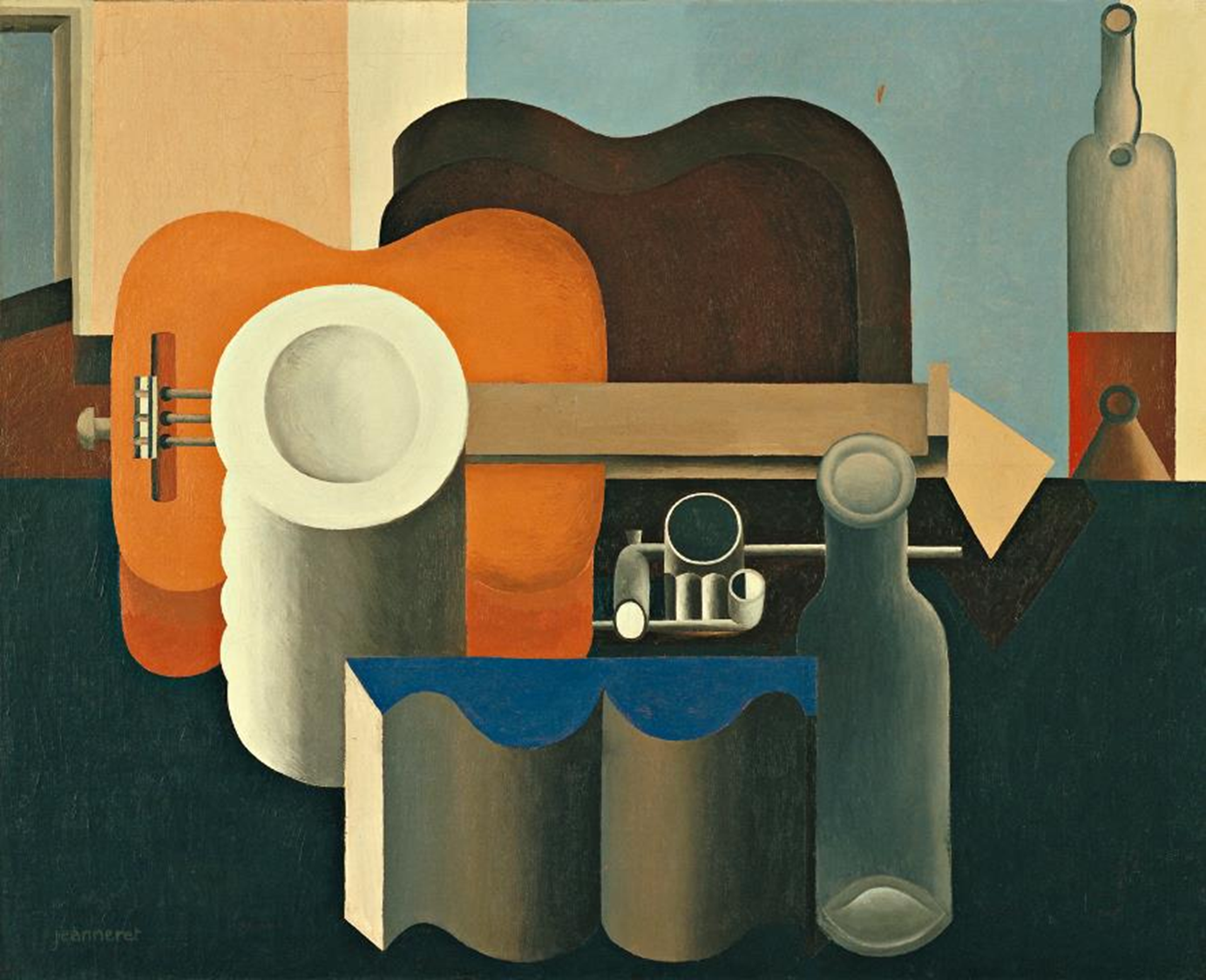
Still Life
1920
by Charles Edouard Jeanneret
every object is machined formed
saw themselves as social engineers by embracing the machine

Pavilion de l’Esprit Nouveau
1925
by Le Corbusier
painted plywood to look machined
snap in modular apartment unit—you can take your prefabricated home anywhere

Villa Stein
Garches, 1926
by Le Corbusier
commissioned by a rich American Art collector
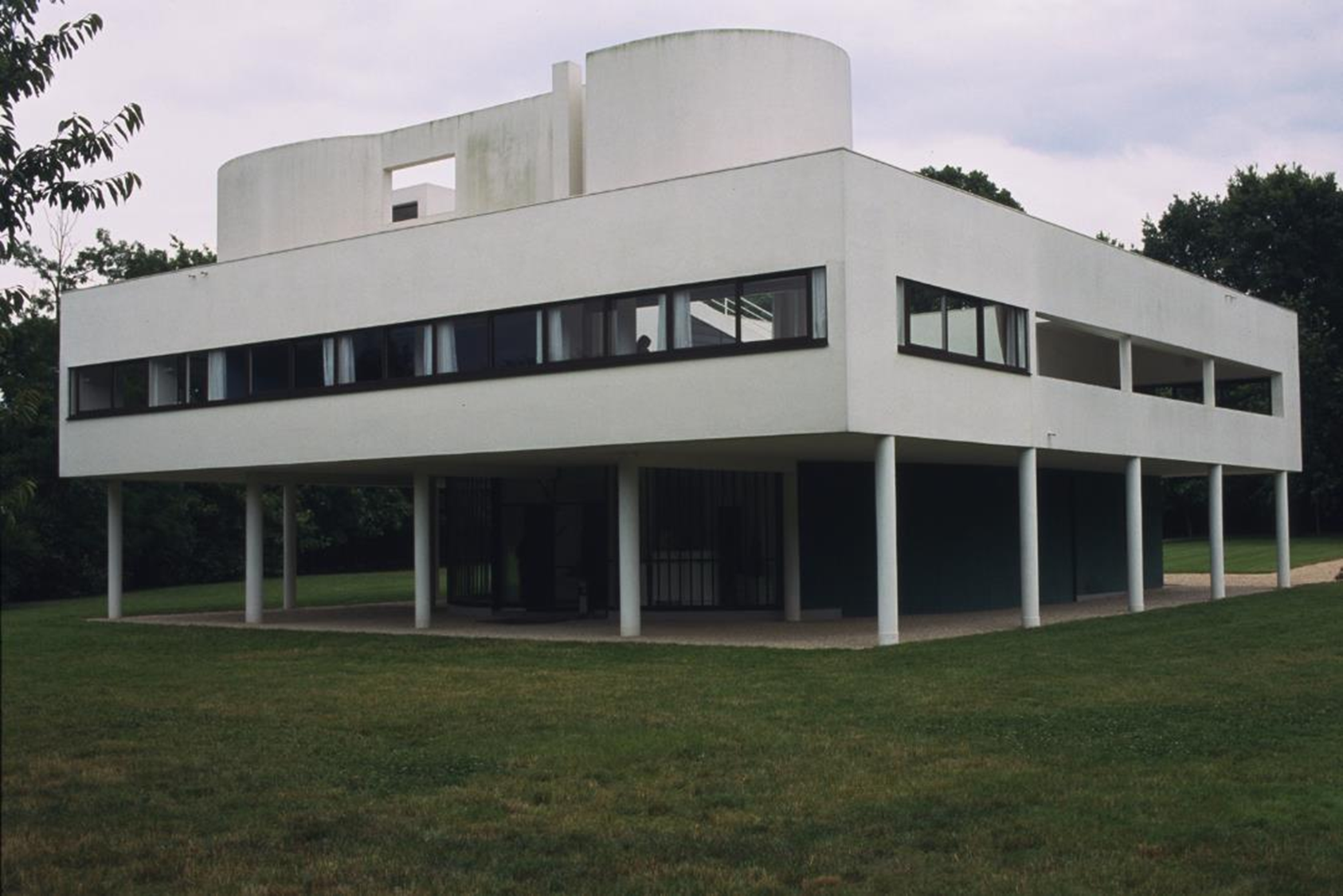
Villa Savoye
Poissy, 1928
by Le Corbusier
heavily bombed in WWII
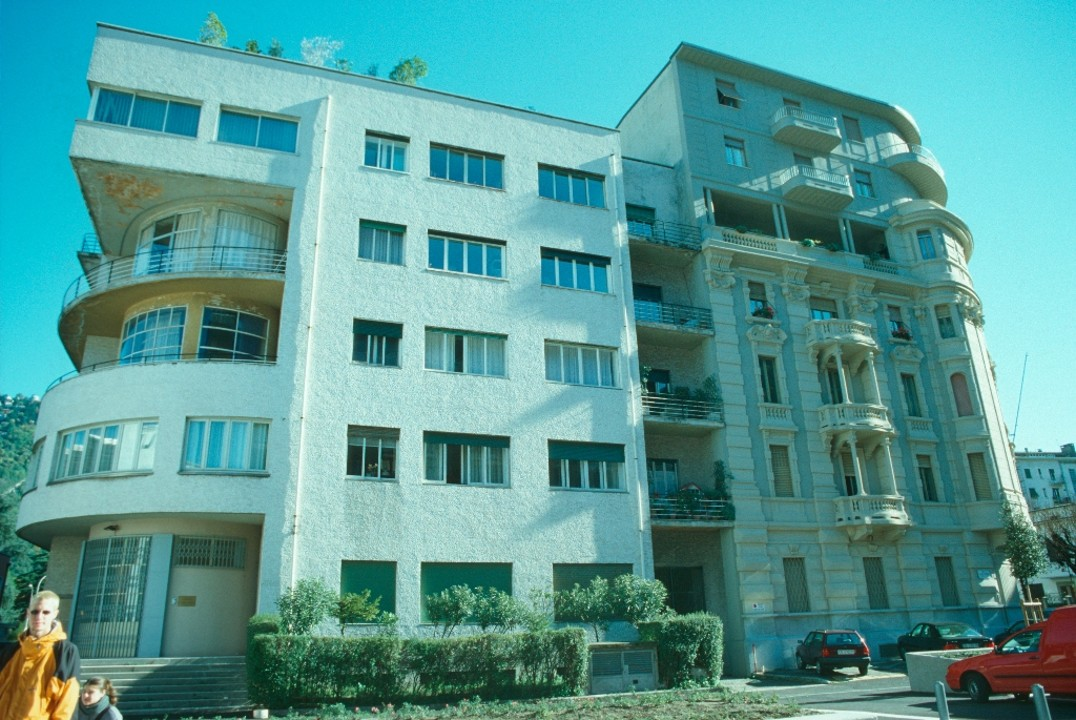
Novocomum
Como, 1927
by Giuseppe Terragni
covered in tiny little marble tiles
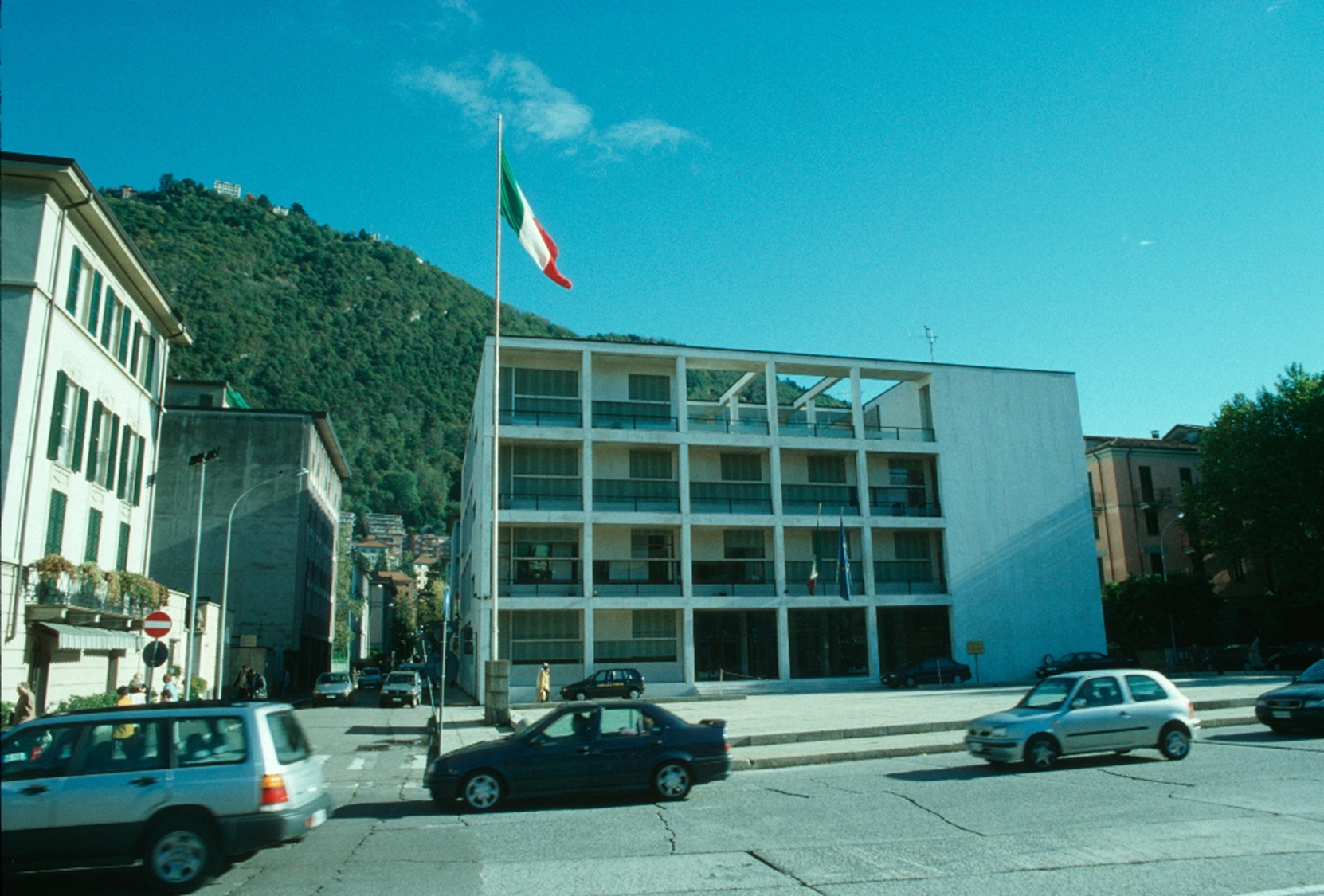
Casa del Fascio
Como, 1932
by Giuseppe Terragni
fascism party headquarters
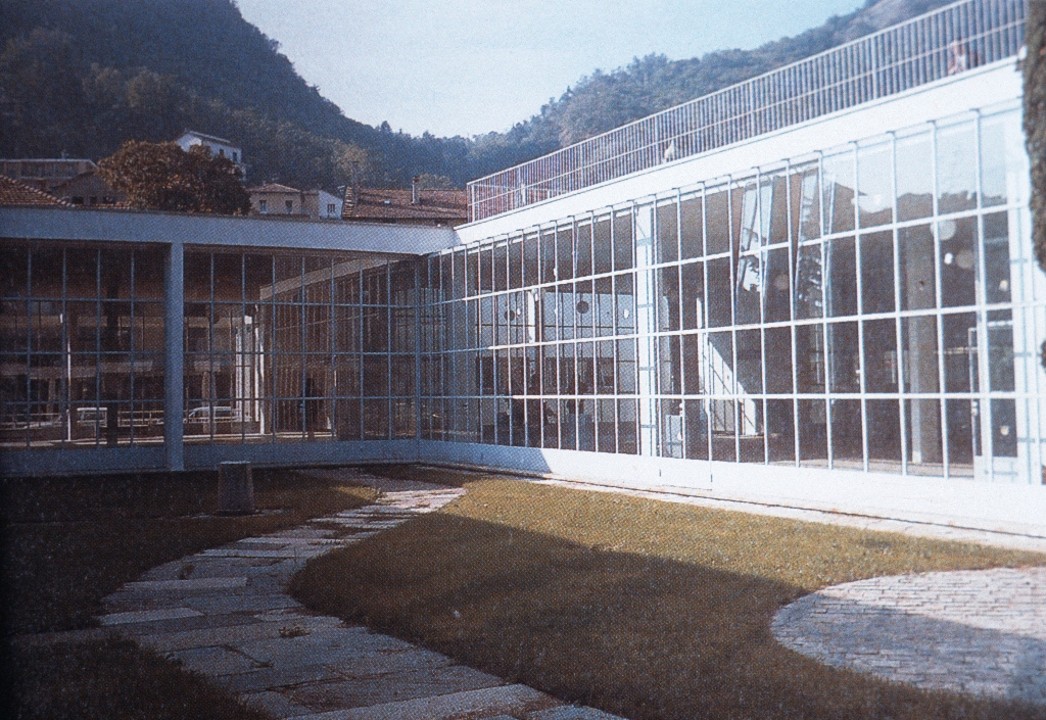
Asilo Sant ’Elia
Como, 1936
by Giuseppe Terragni
elementary school—design based on surveillance of the children
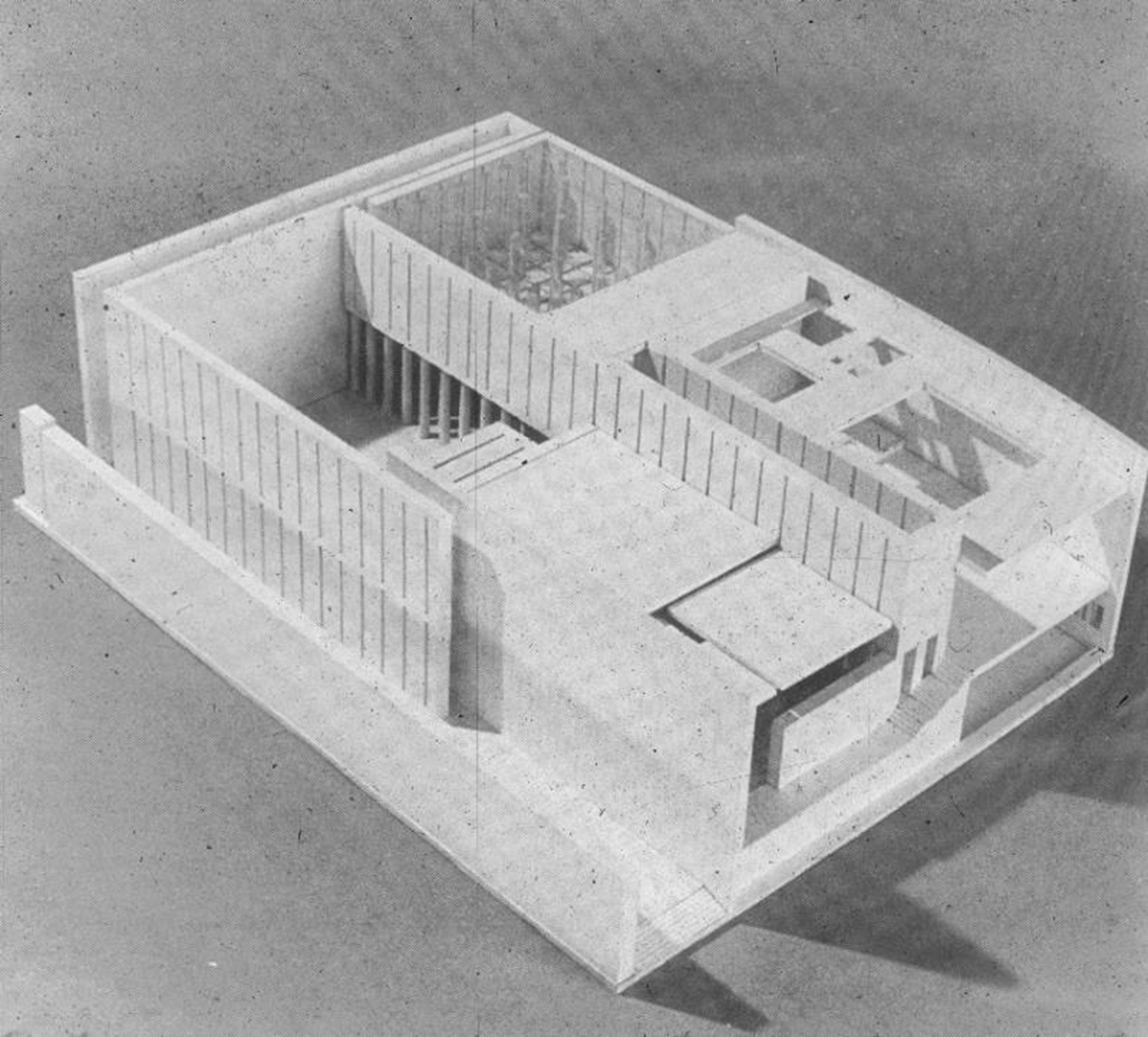
Danteum
Como, 1938
by Giuseppe Terragni
unbuilt project commissioned by Mussolini
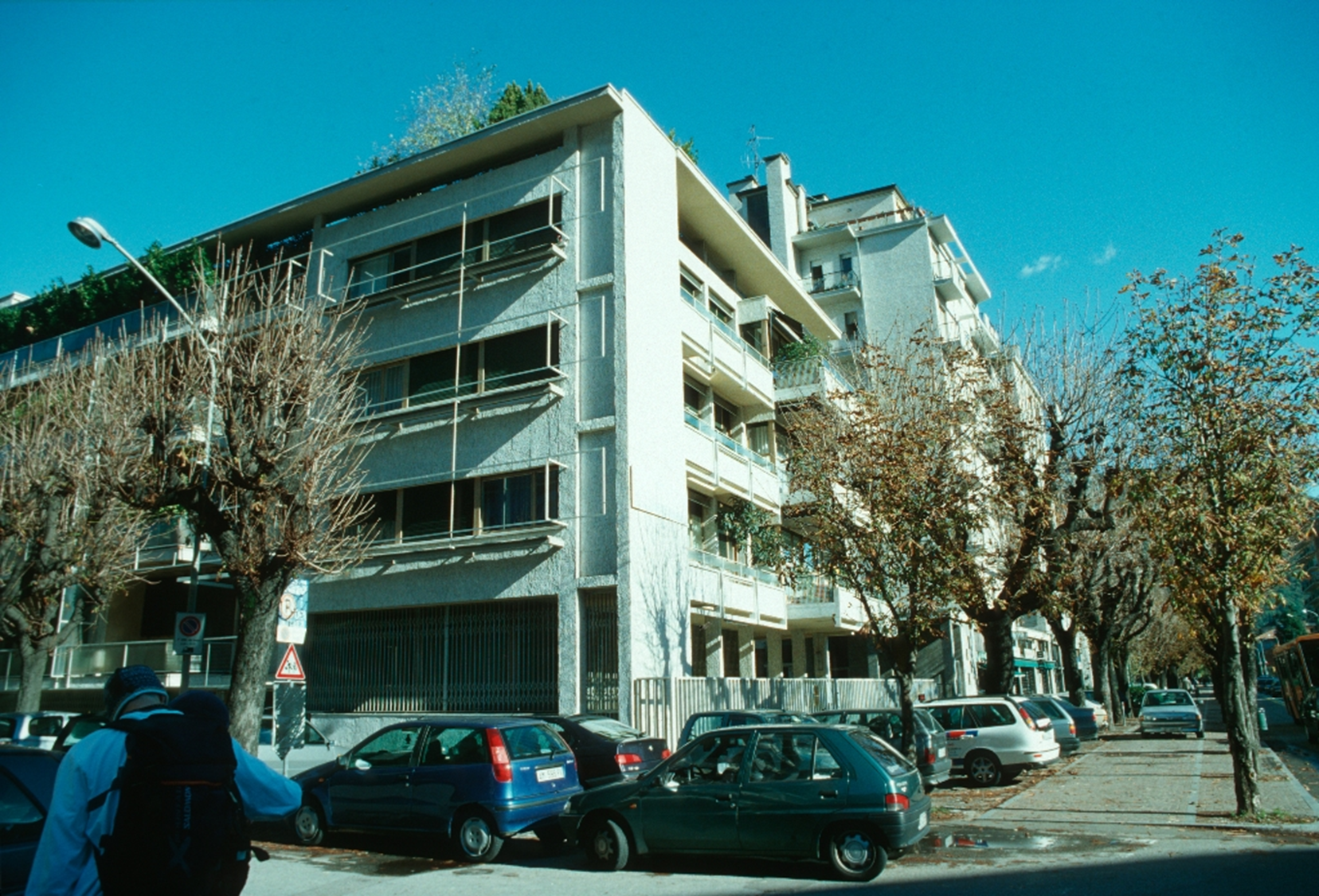
Casa Giuliani Frigerio
Como, 1939
by Giuseppe Terragni
apartment building
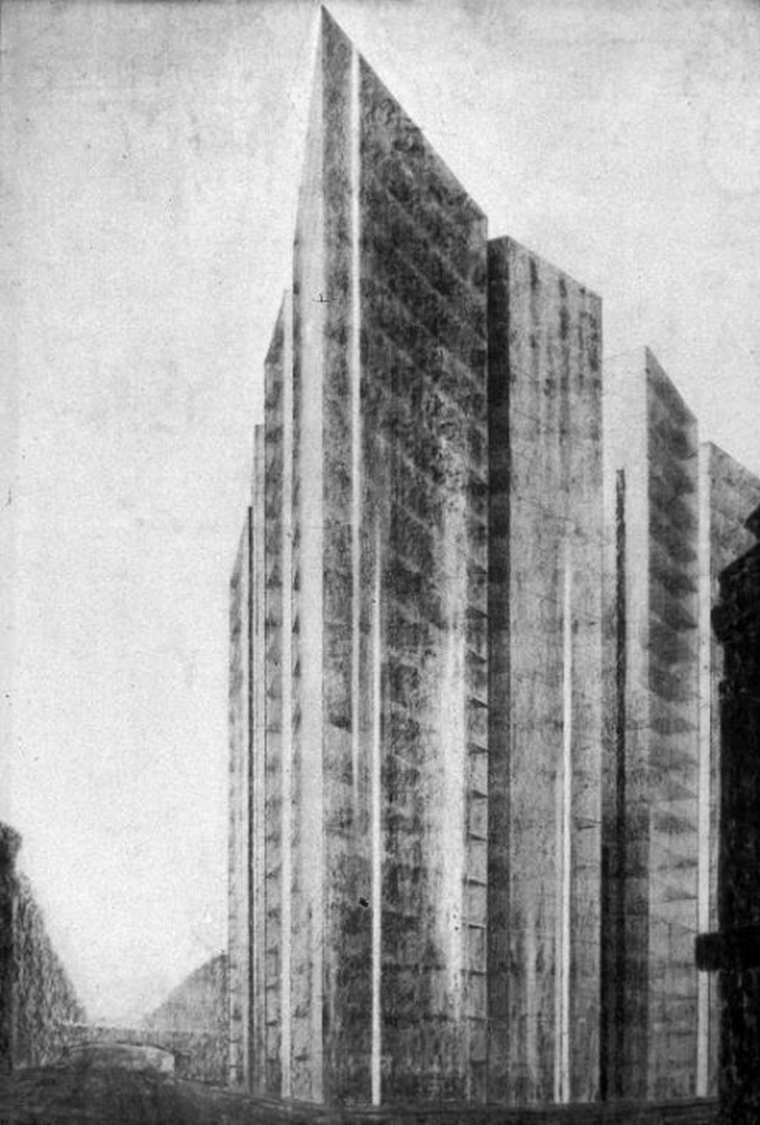
Friedrichstrasse Skyscraper Project
Berlin, 1921
by Mies van der Rohe
design for a skyscraper competition
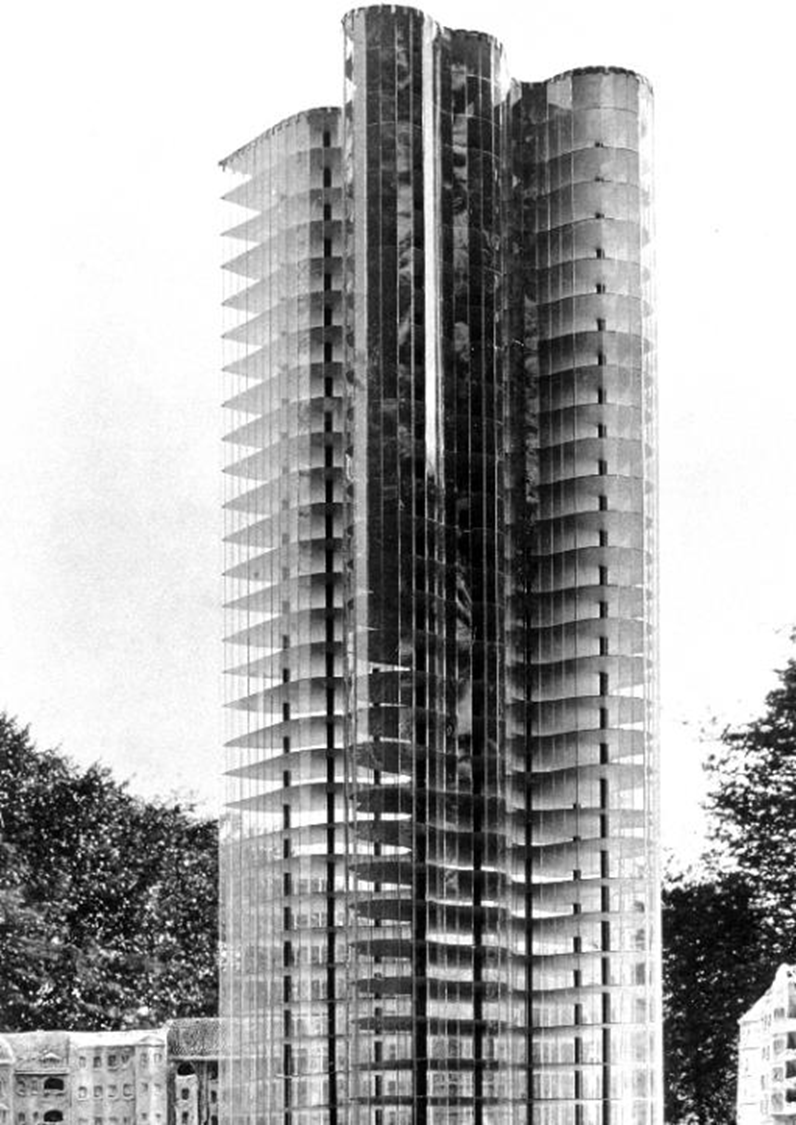
Glass Skyscraper Project
1922
by Mies van der Rohe
was a Nazi—he wanted to be Hitler’s architect
undulating plan
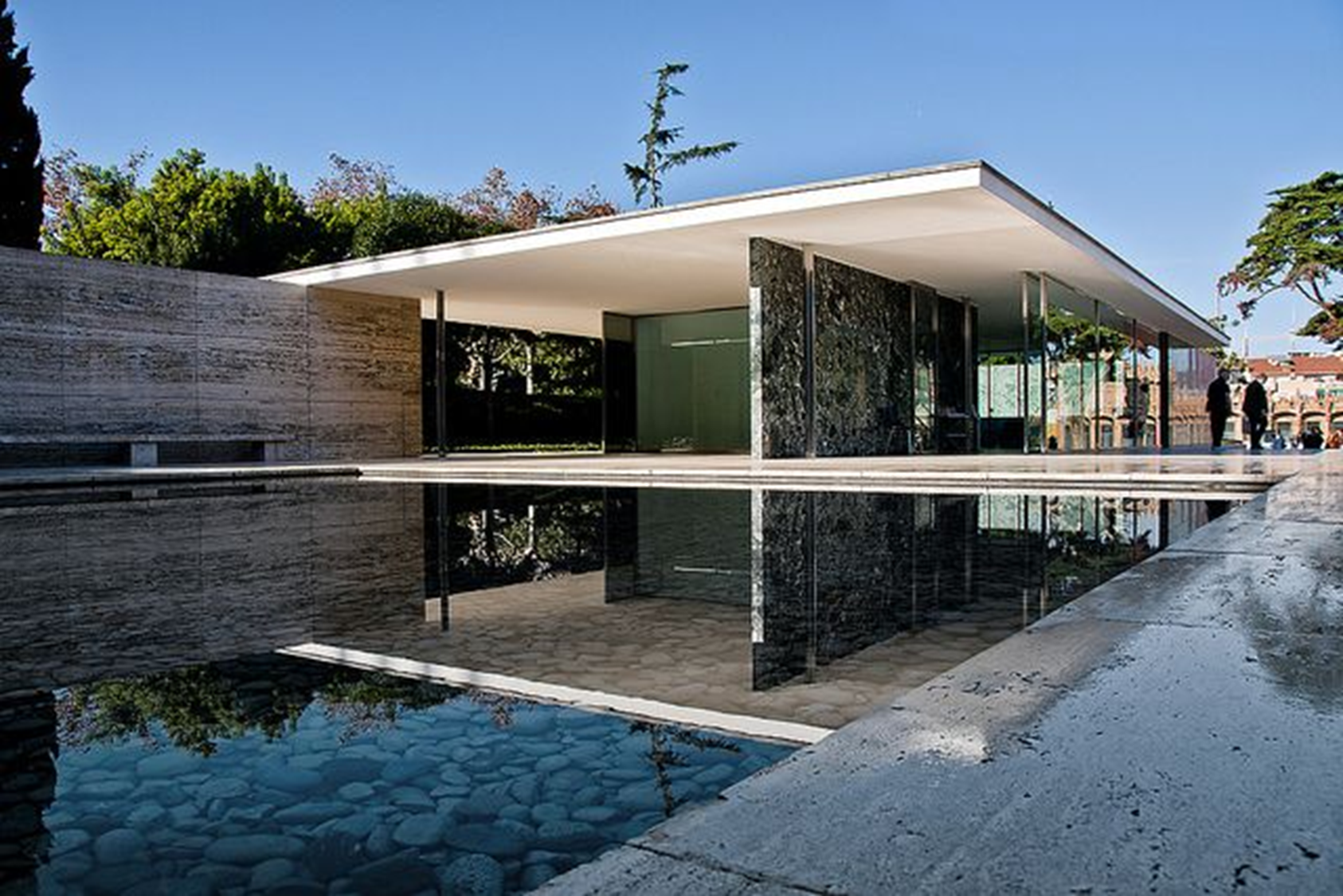
Barcelona Pavilion
Barcelona, 1929
by Mies van der Rohe
hired by the German government for the World’s Fair
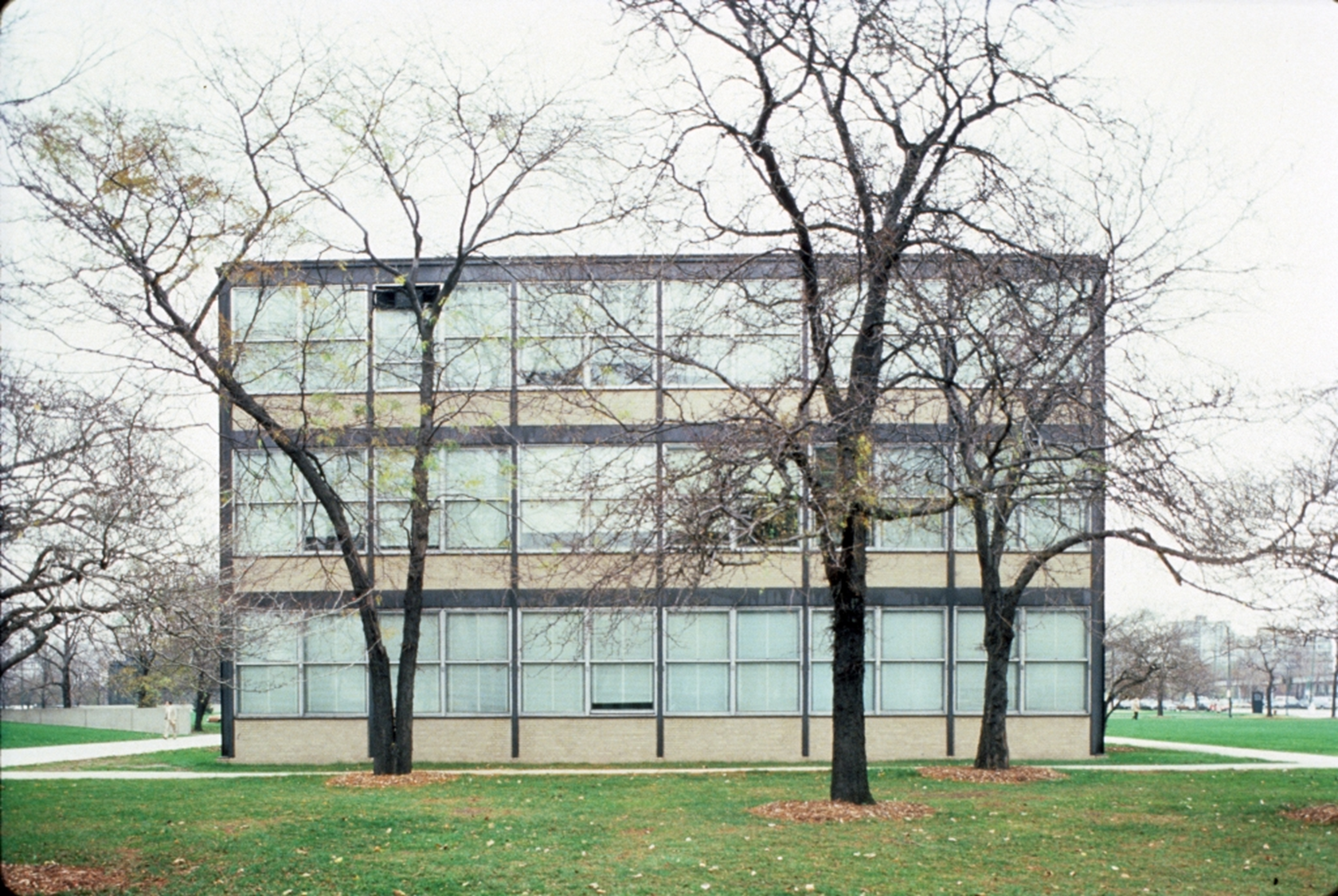
Illinois Institute of Technology Campus
Chicago, 1939
by Mies van der Rohe
Hendrix went to school here in 1980—he was even in a frat
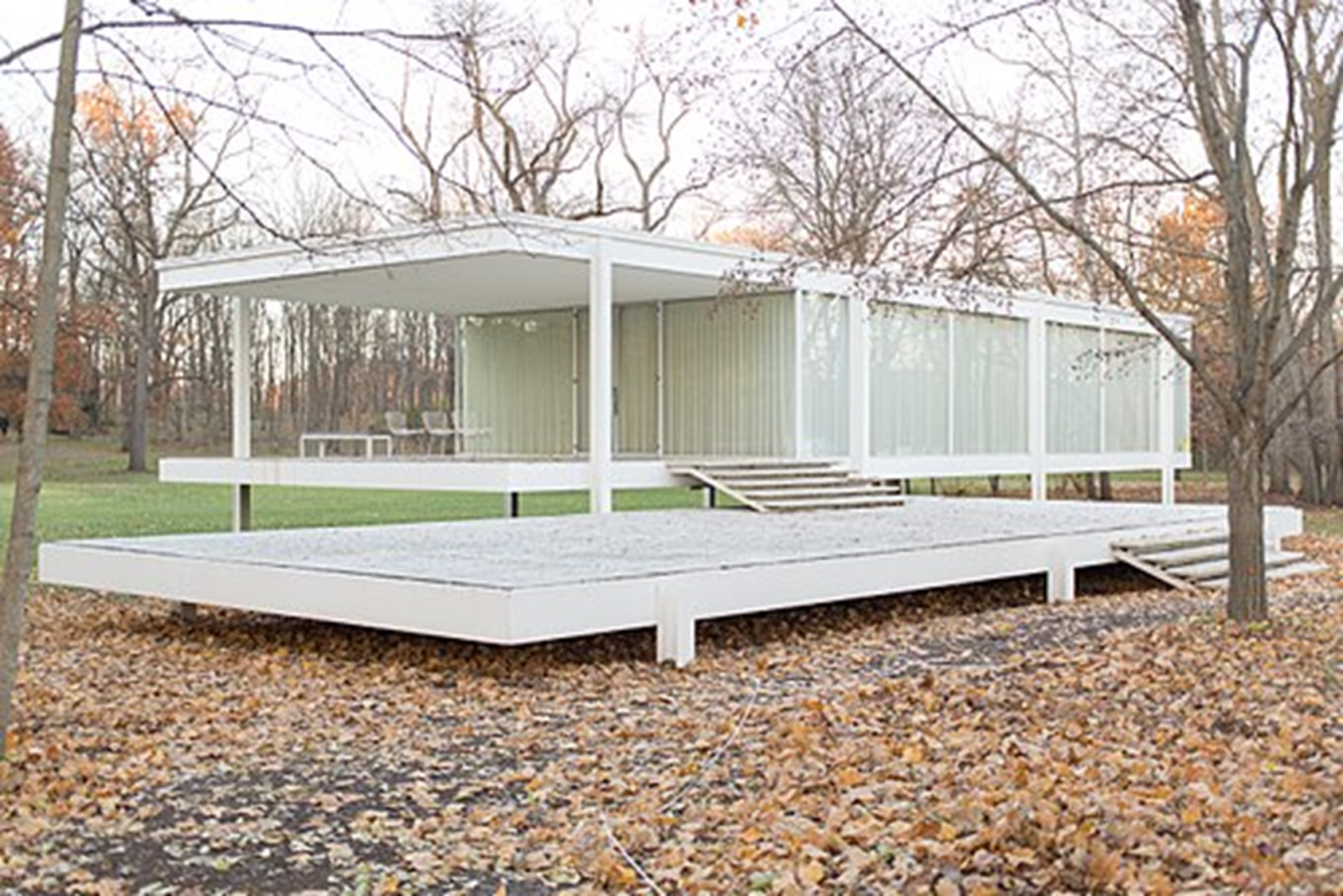
Farnsworth
Plano, 1946
by Mies van der Rohe
built for a doctor but she hated it—she sued for it
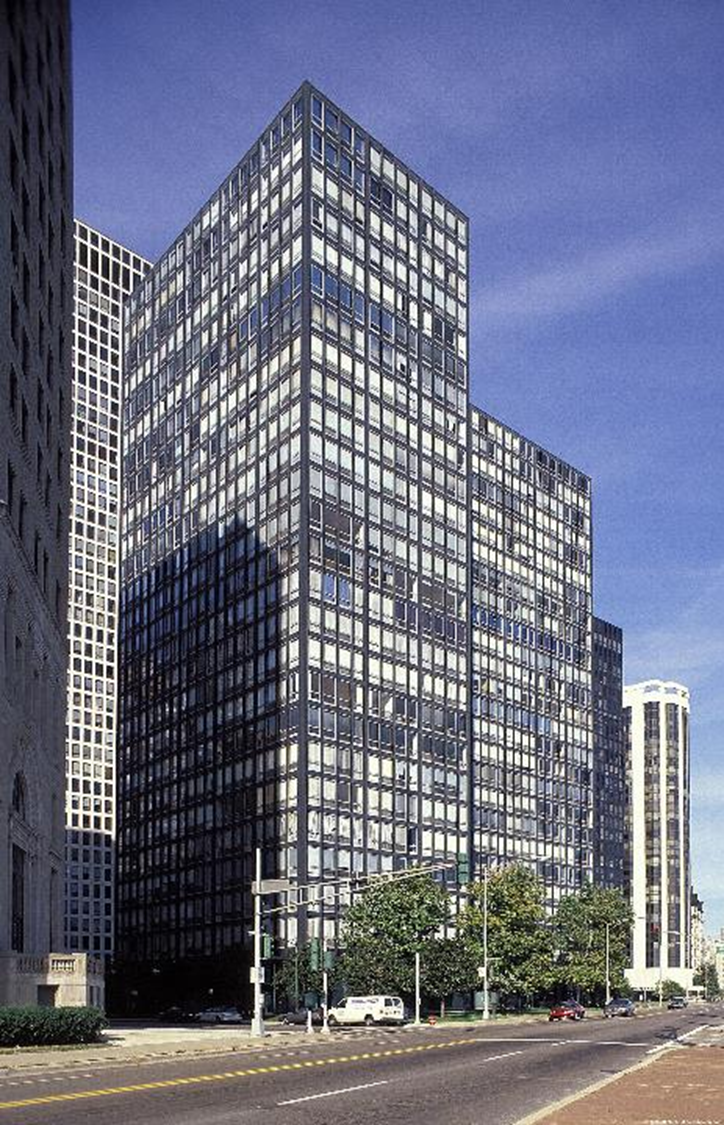
Lake Shore Drive Apartments
Chicago, 1948
by Mies van der Rohe
he always went over budget
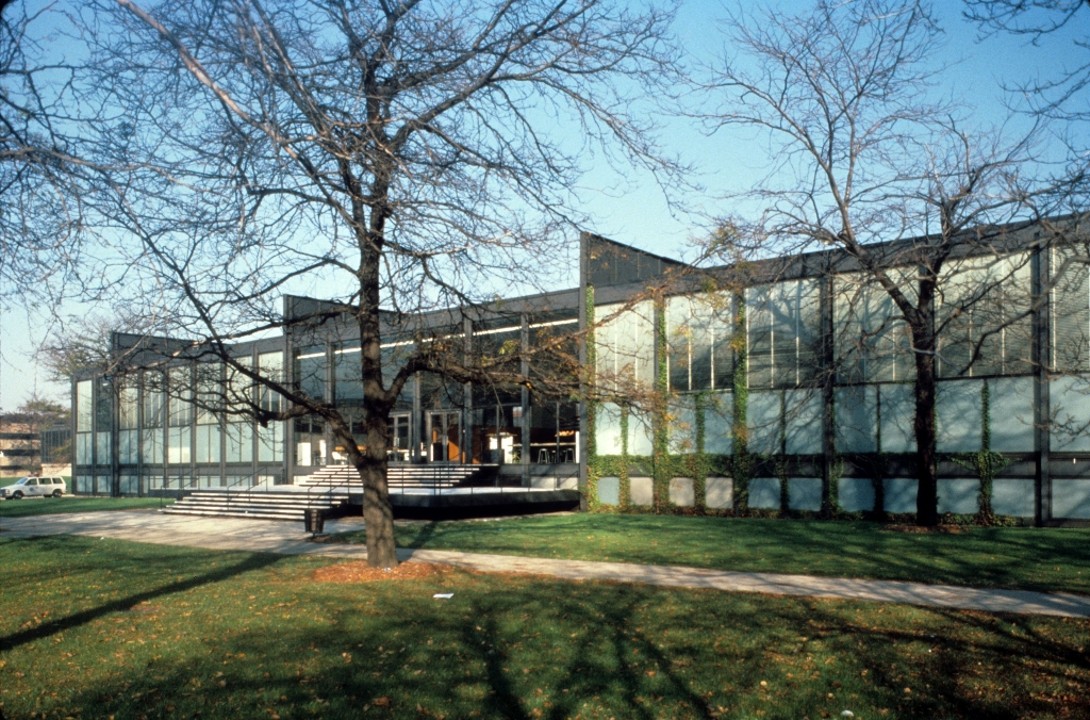
Crown Hall
Chicago, 1950
by Mies van der Rohe
housed the architecture program—Hendrix went here and the roof leaked all over his desk
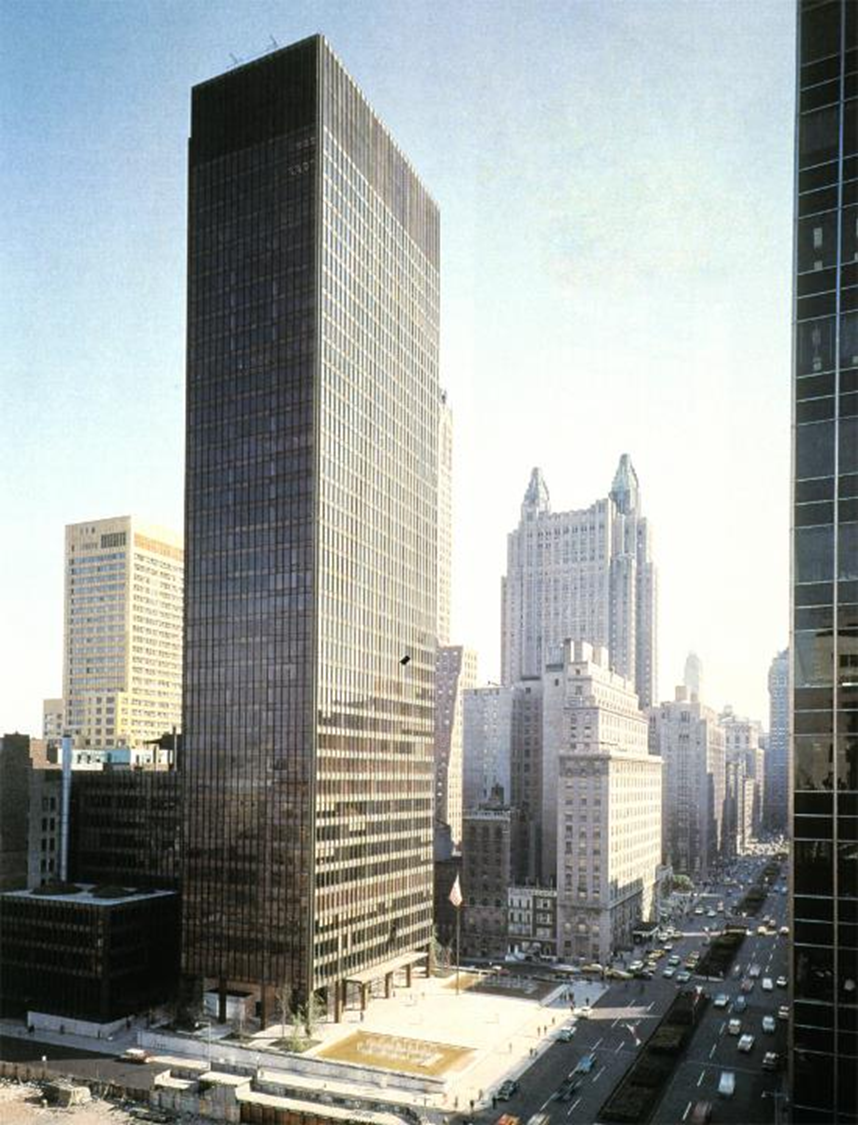
Seagram Building
NYC, 1954
by Mies van der Rohe
in collaboration with Phillip Johnson